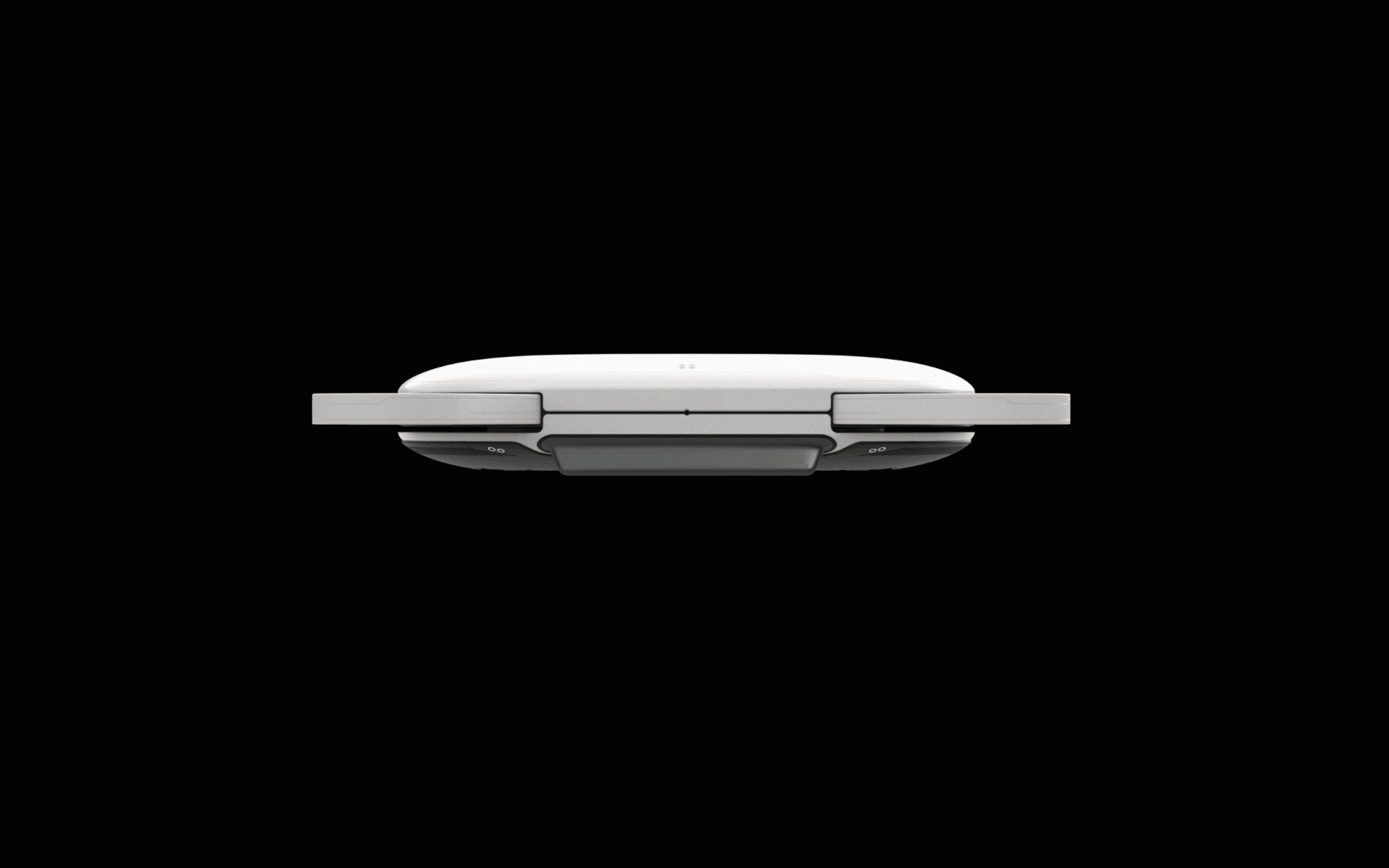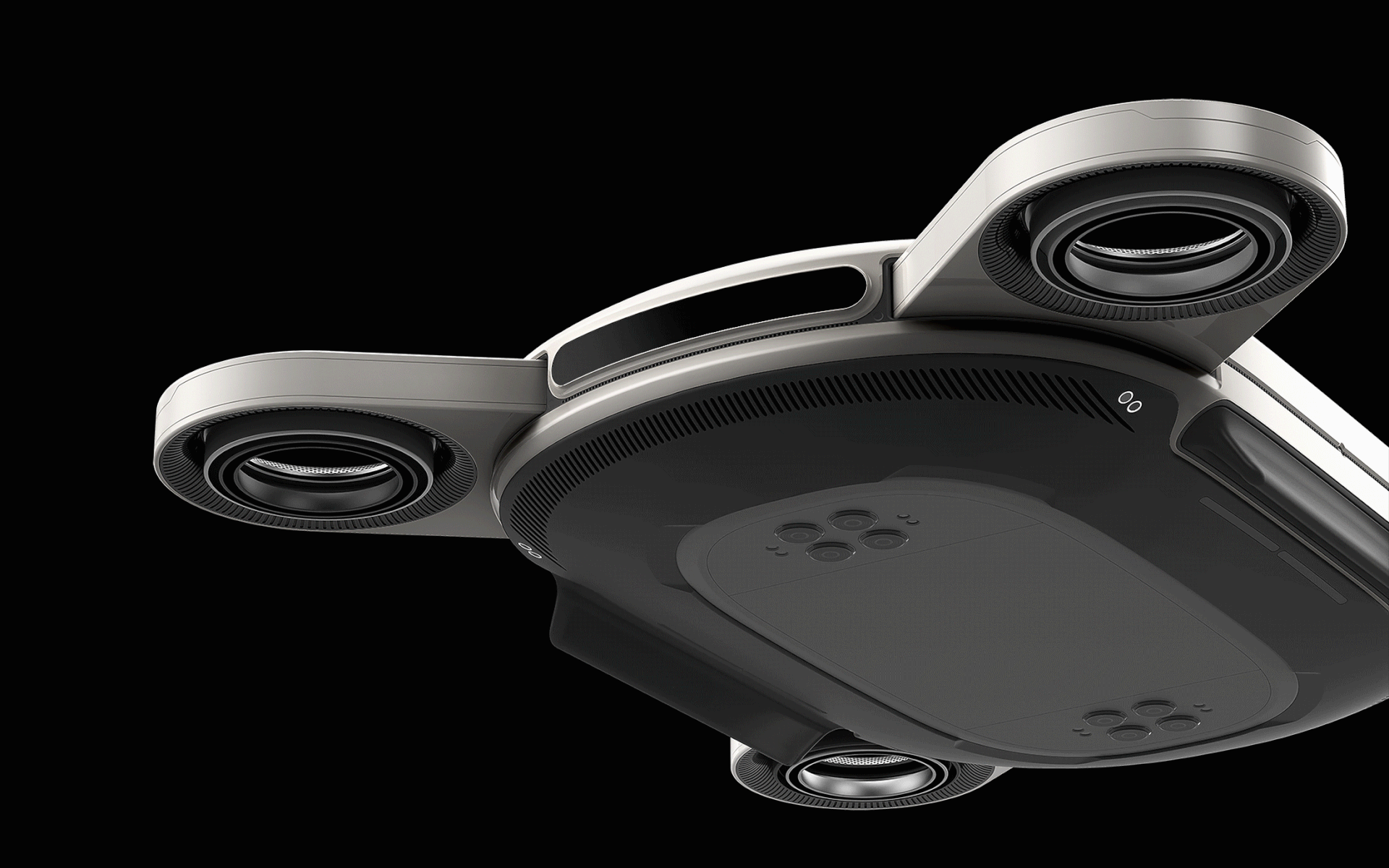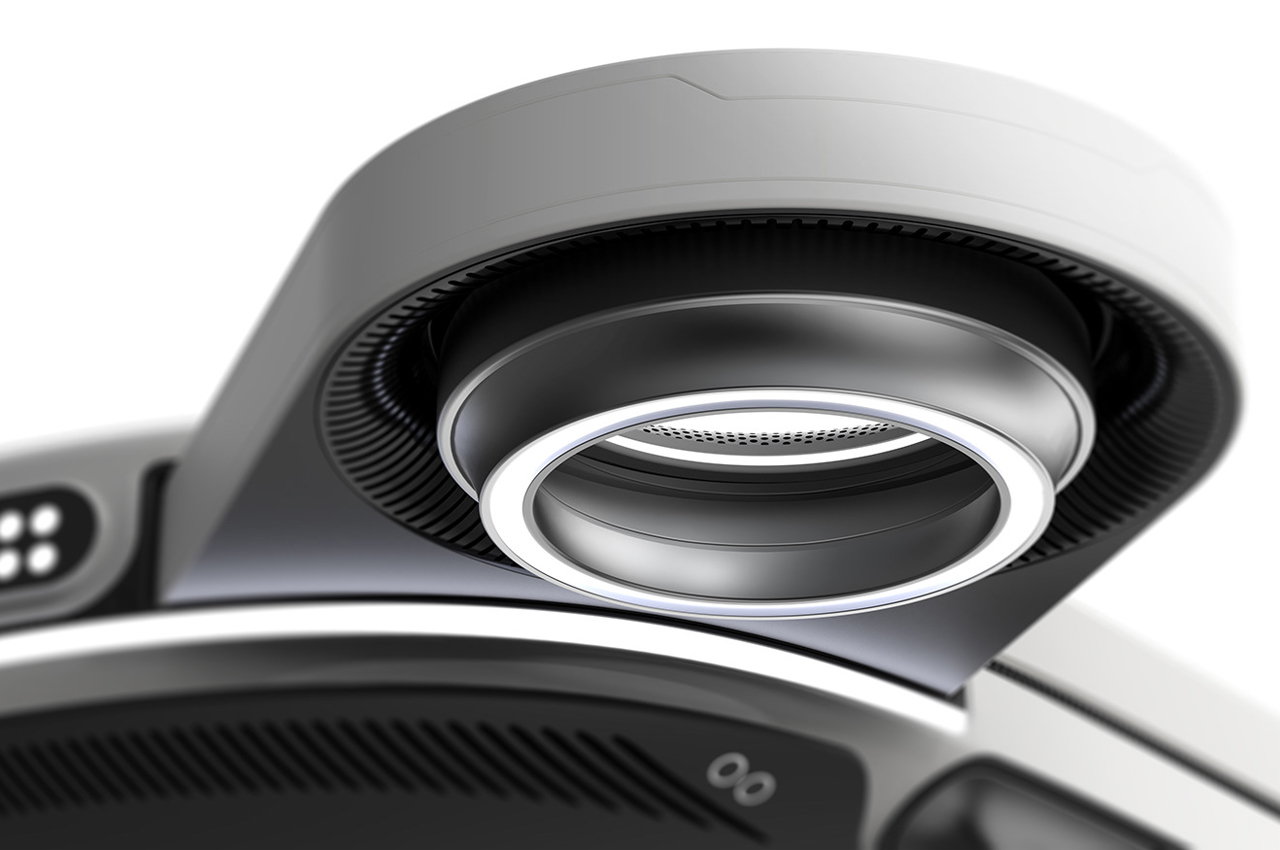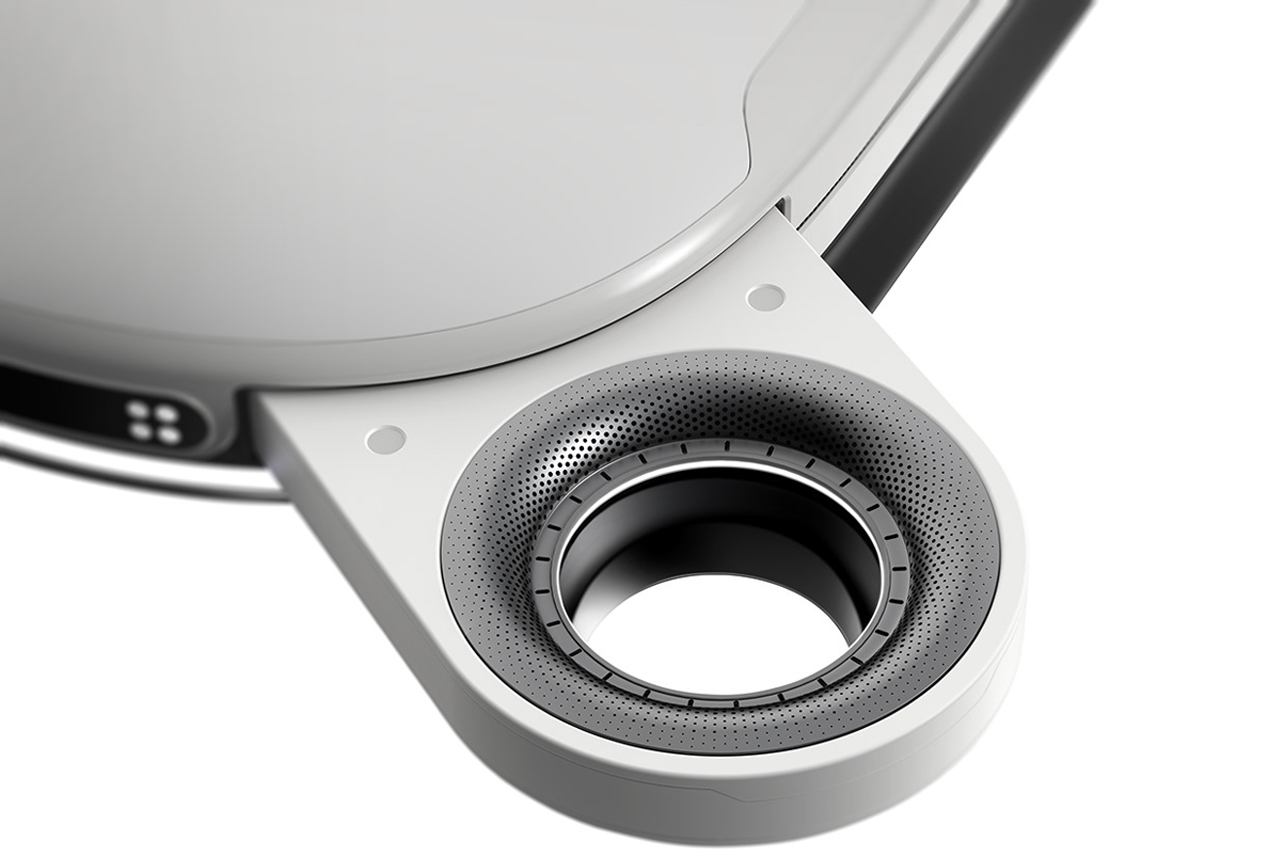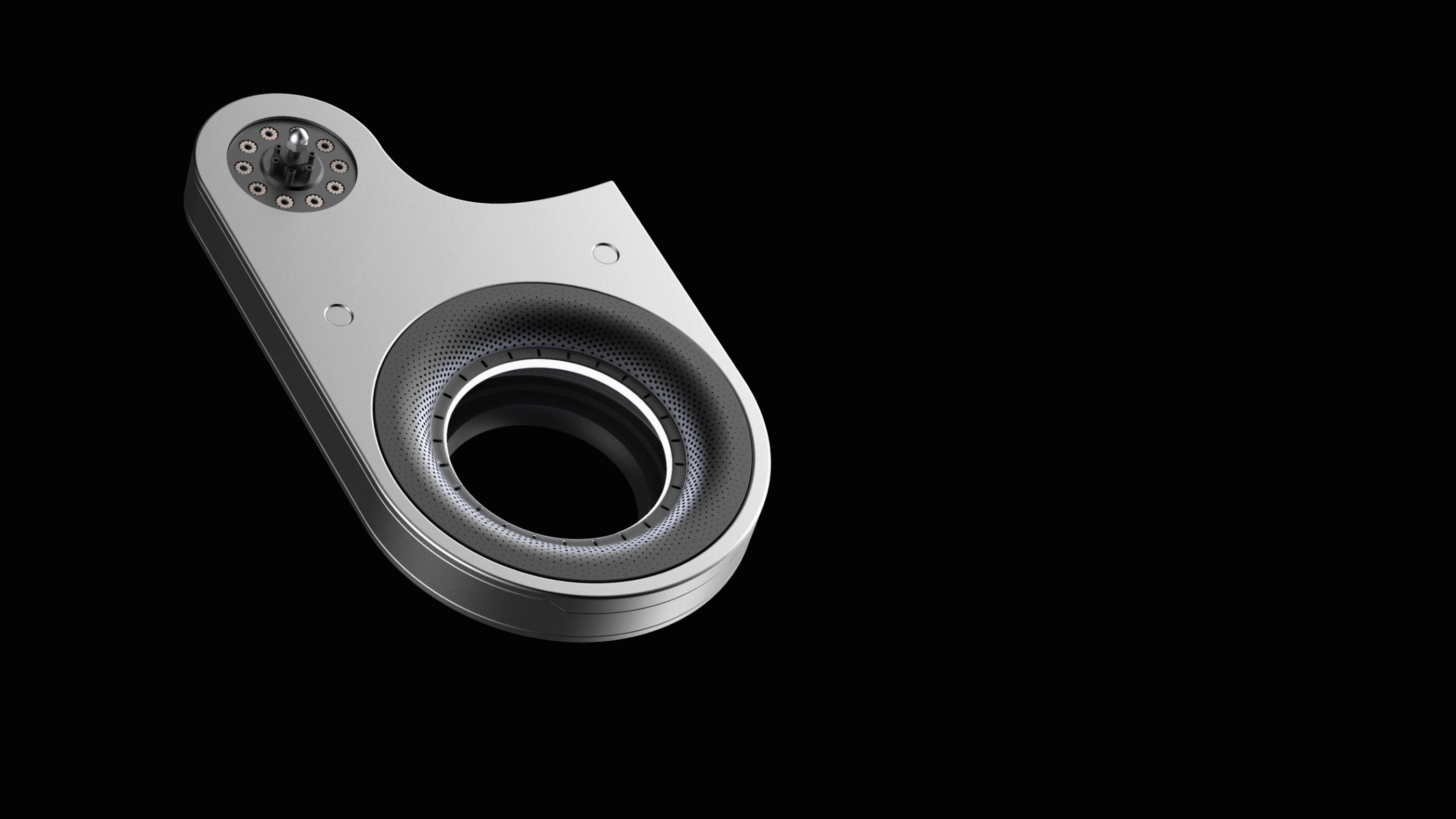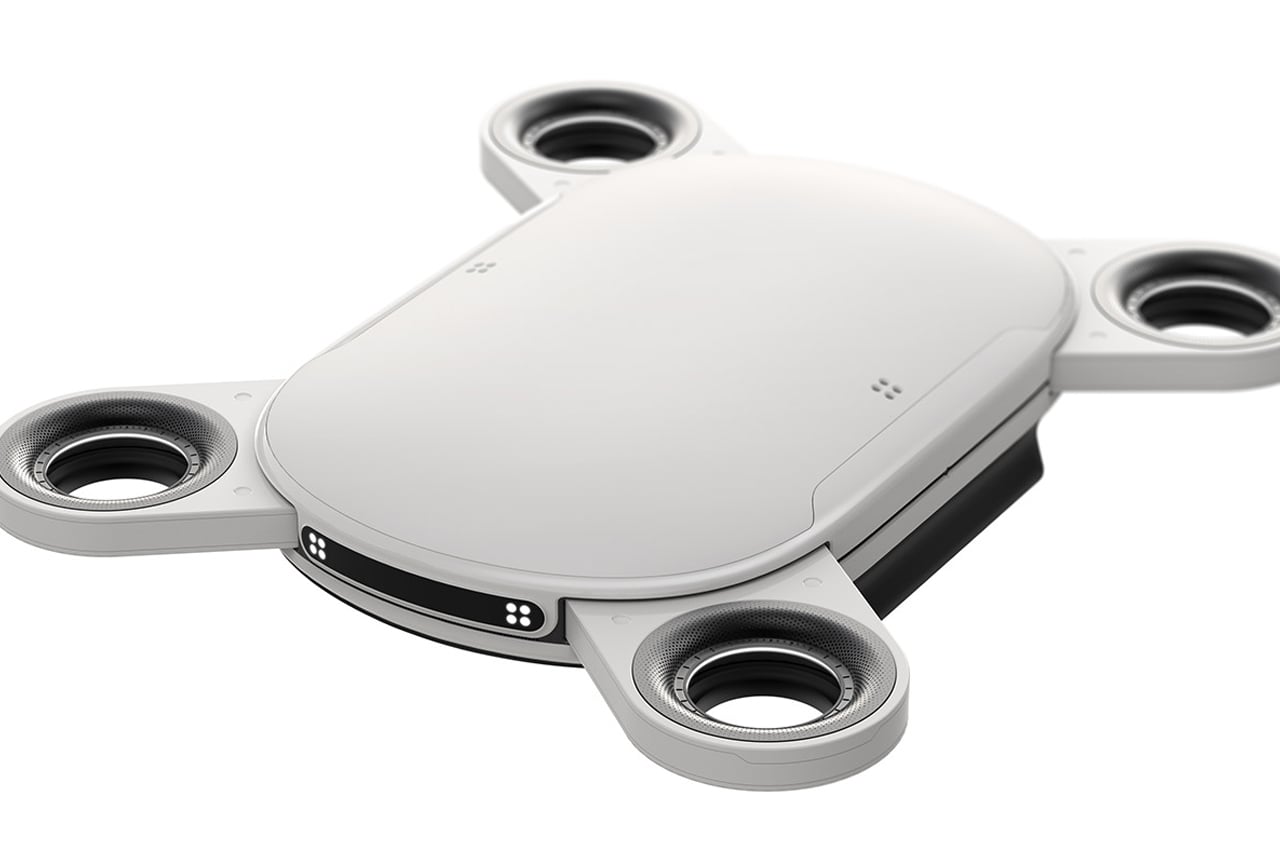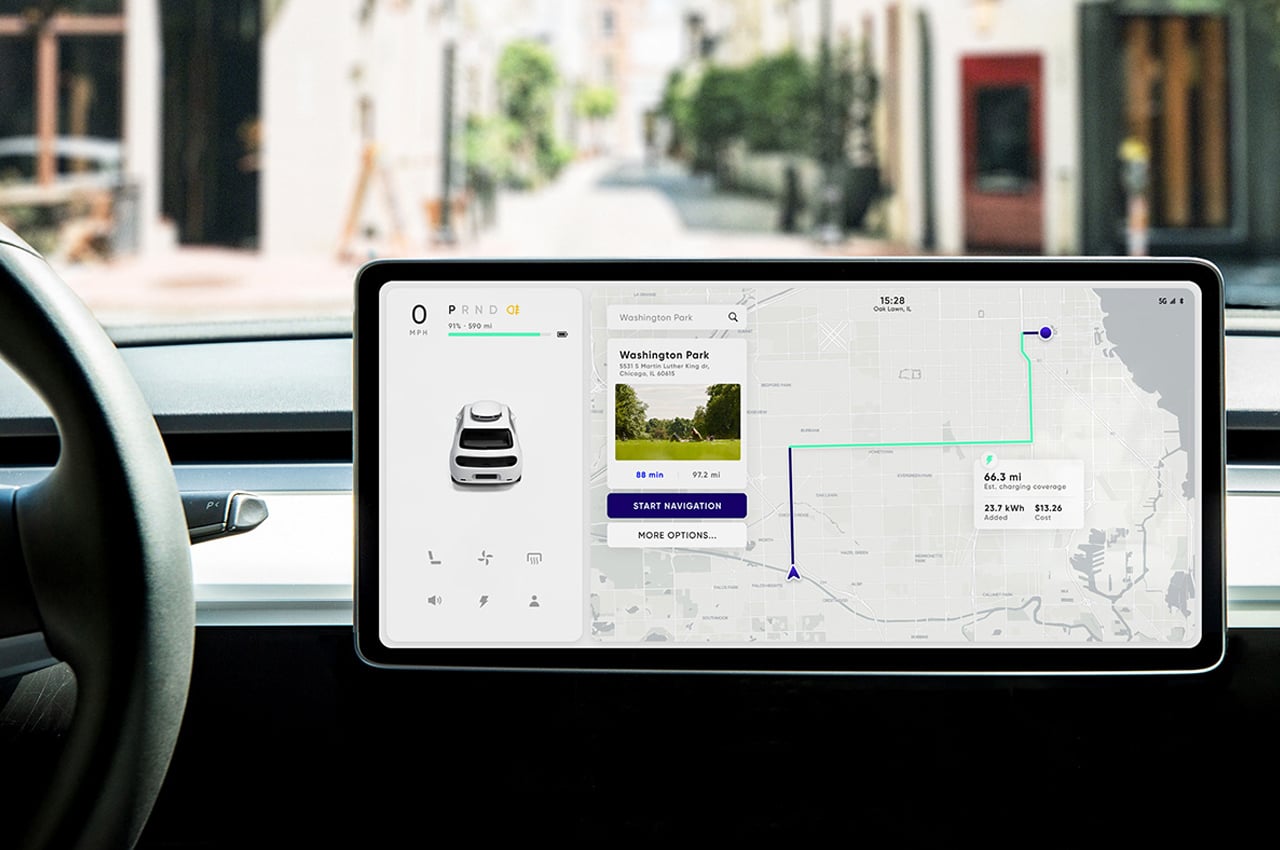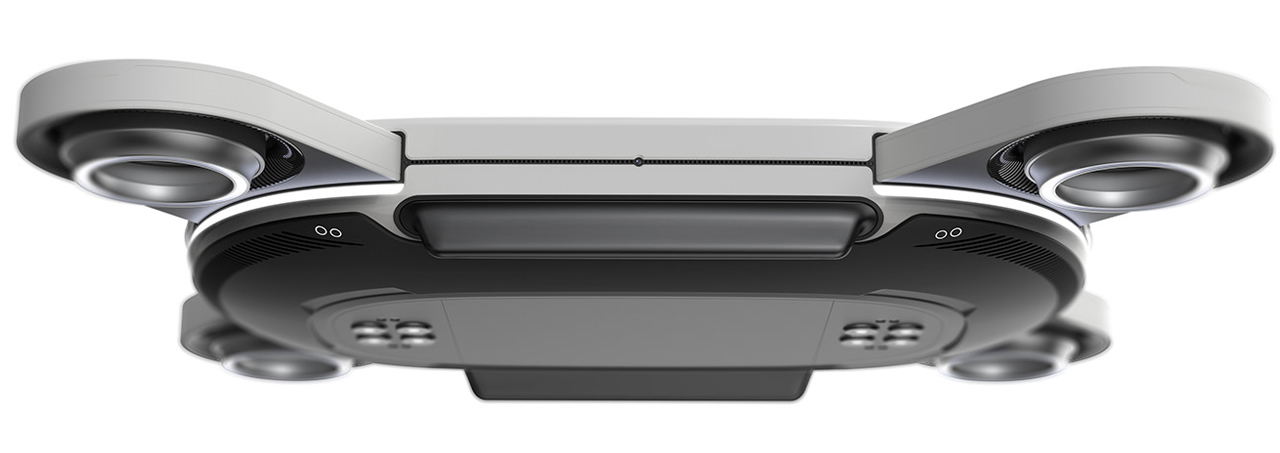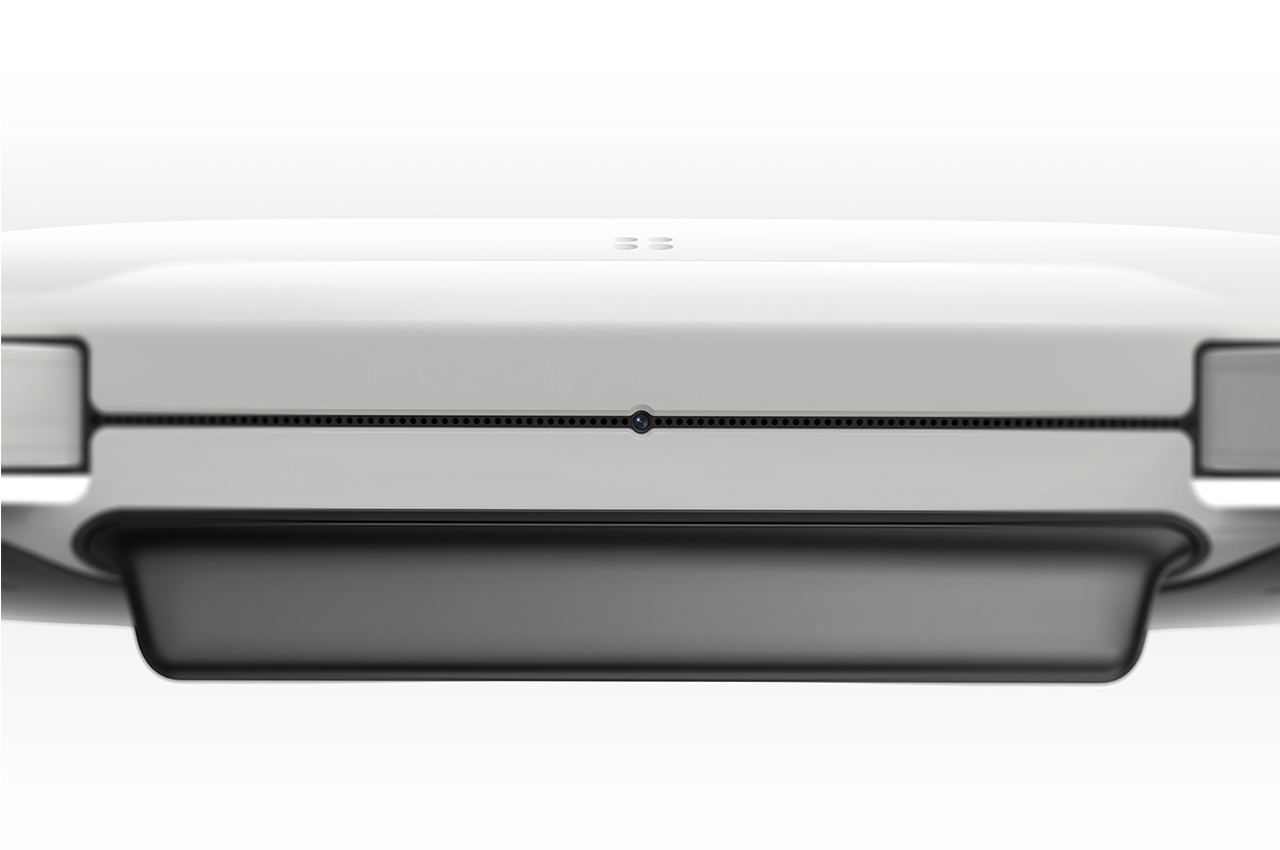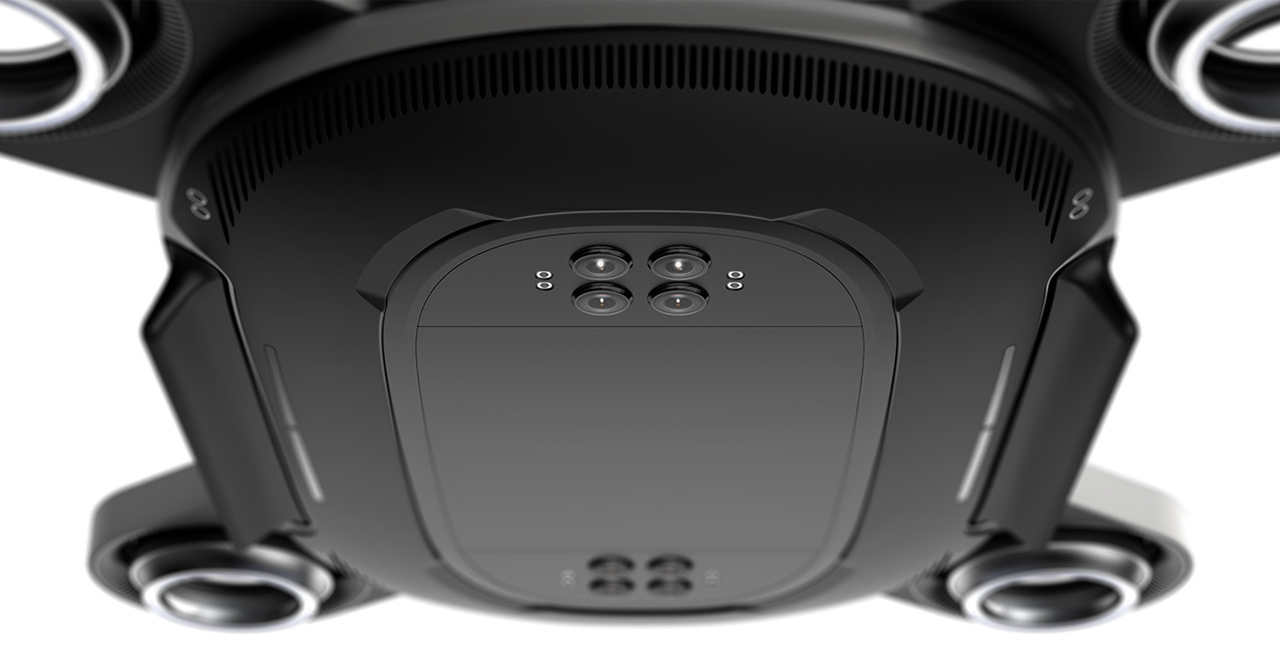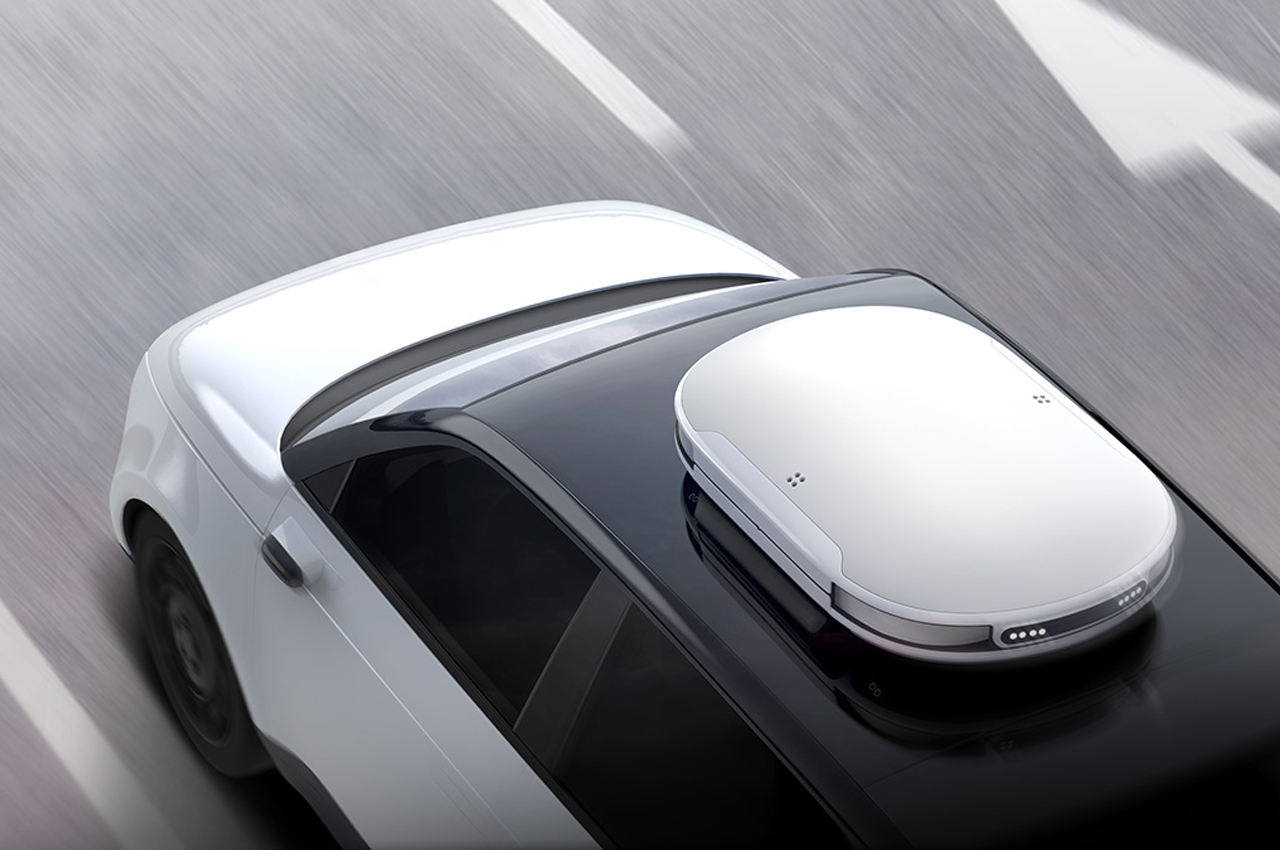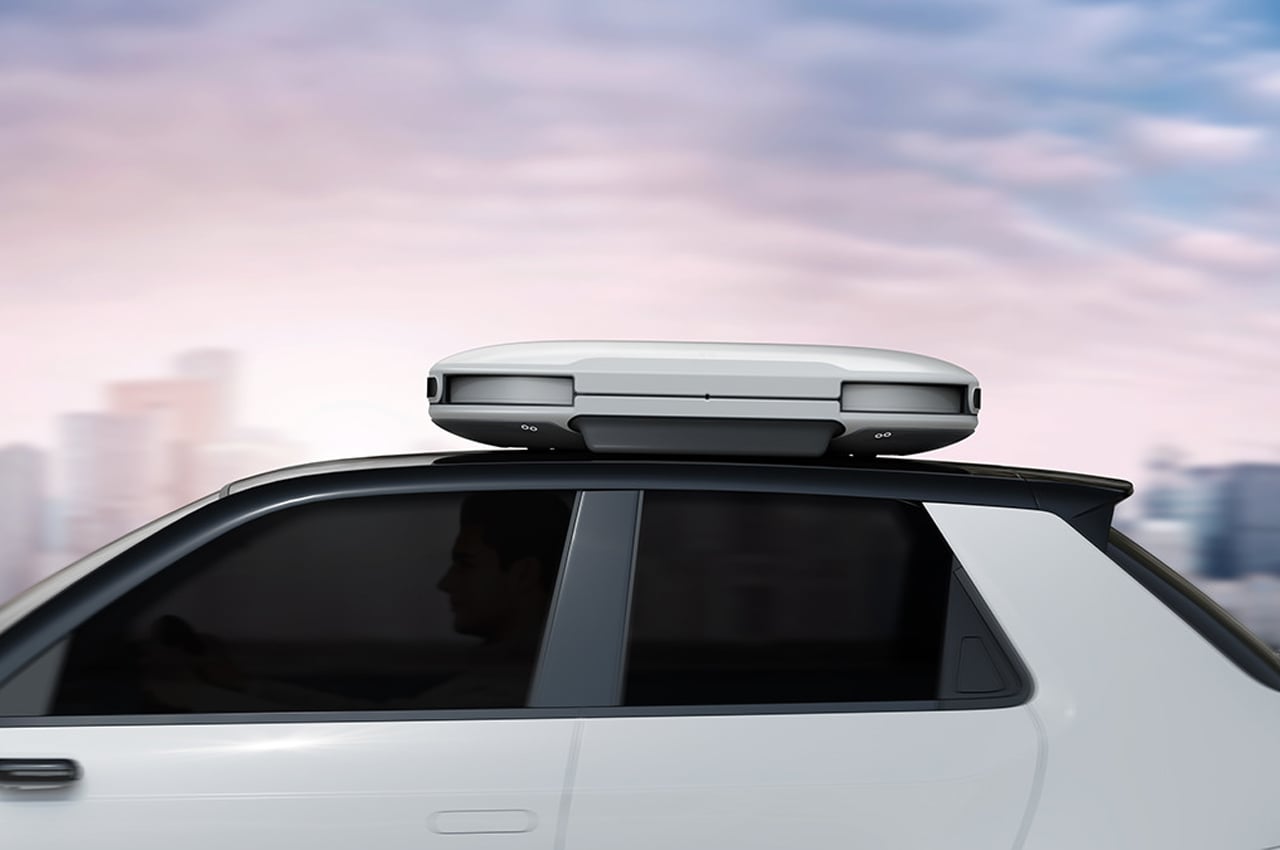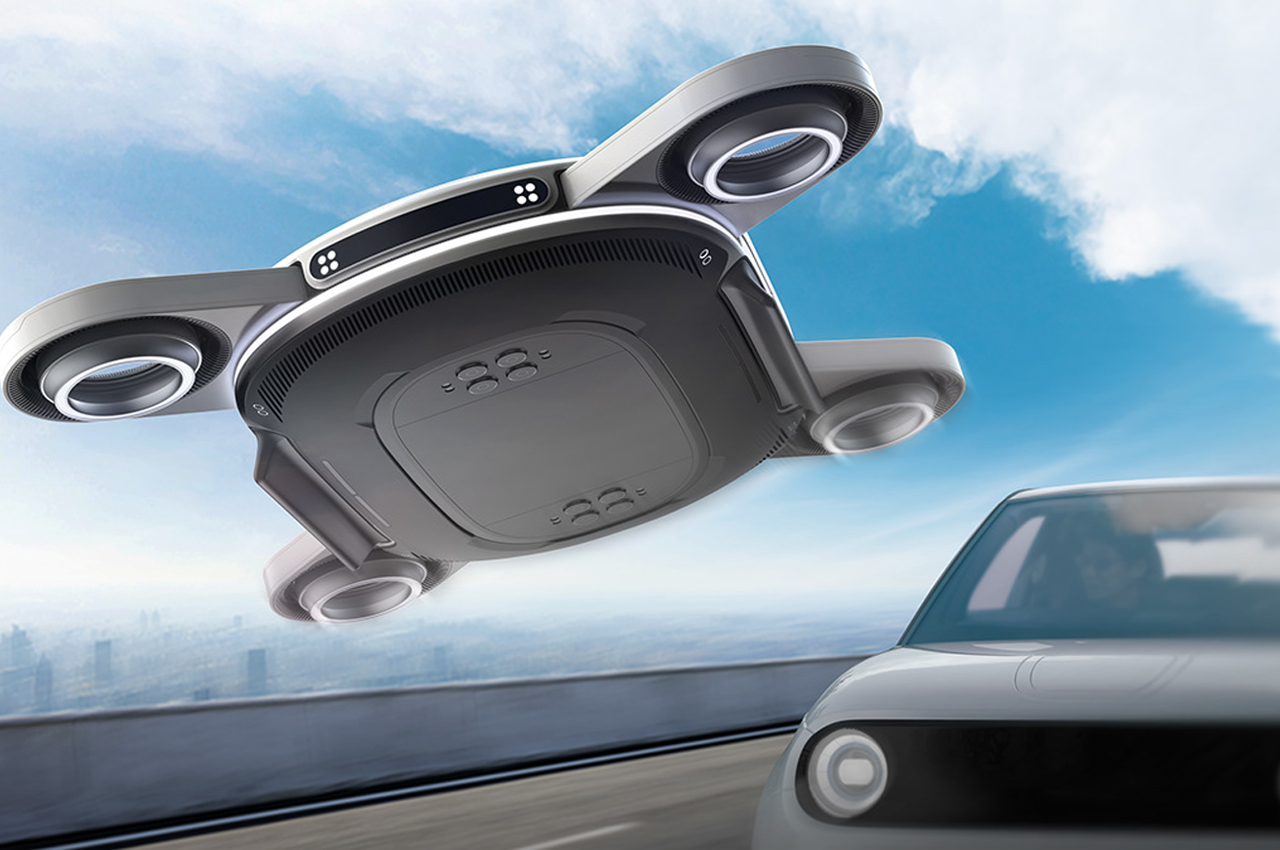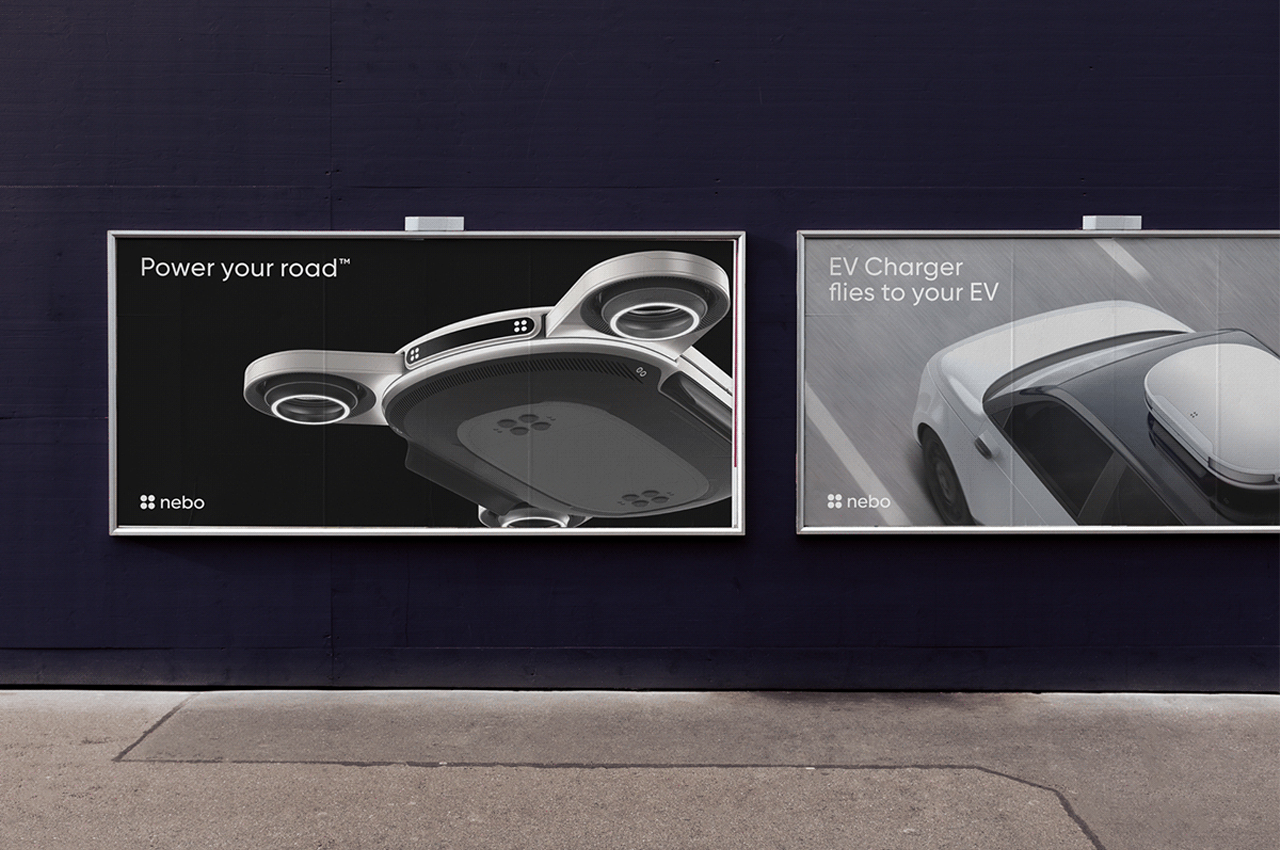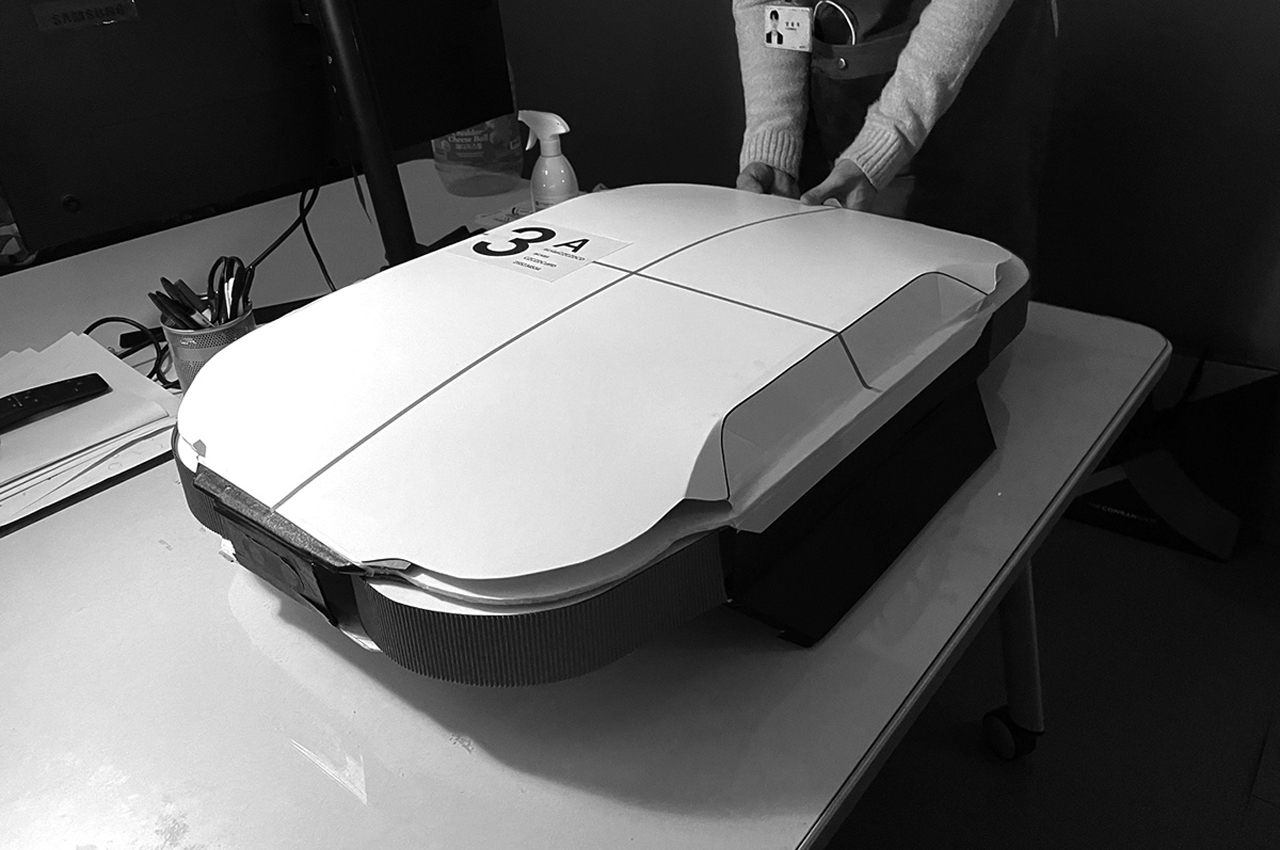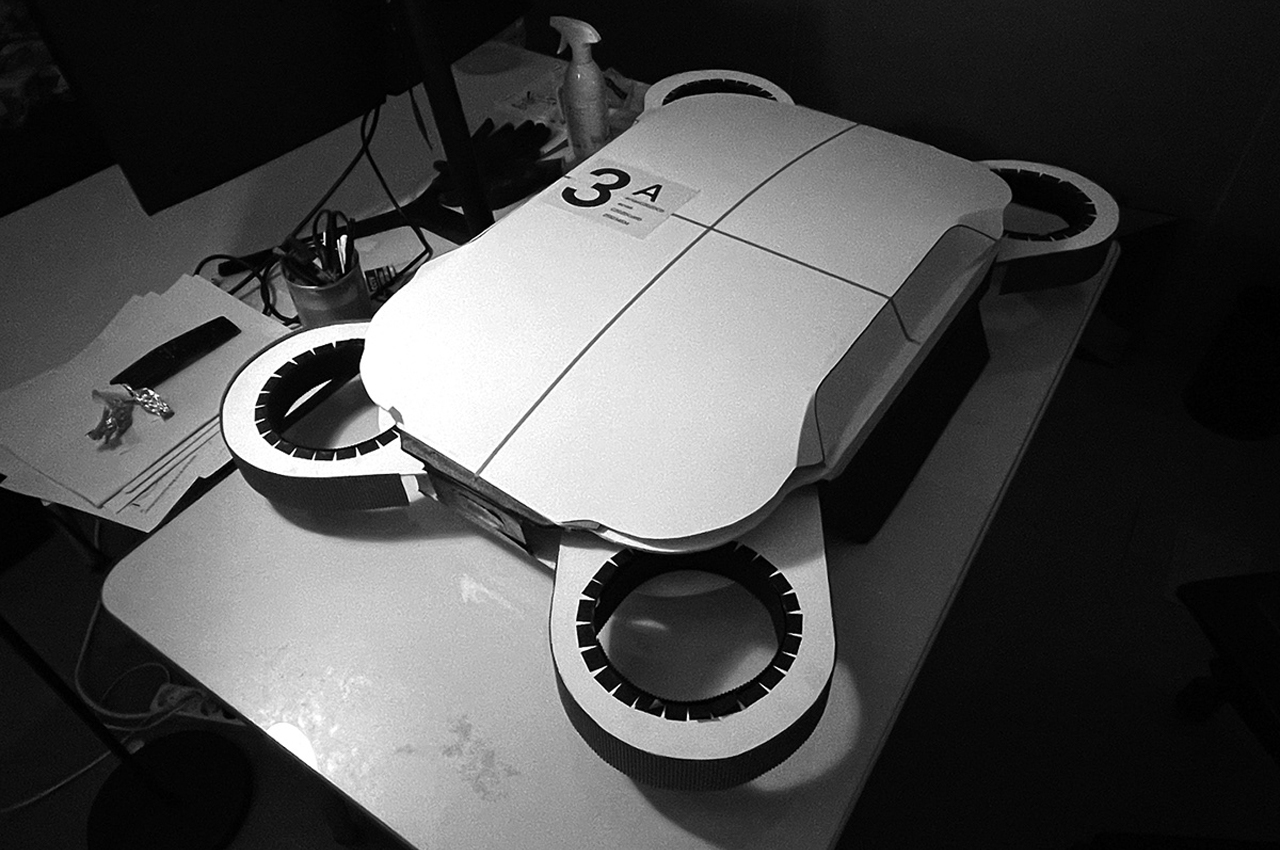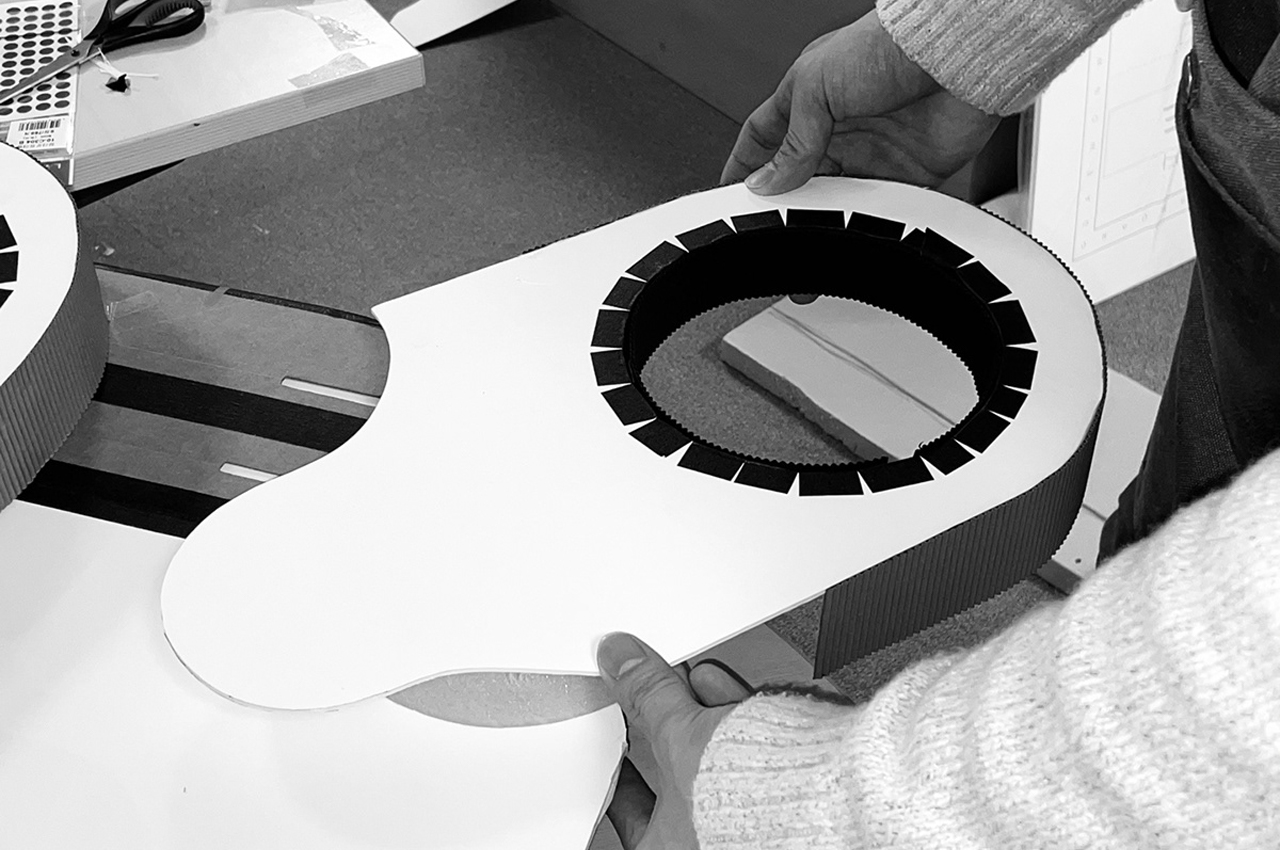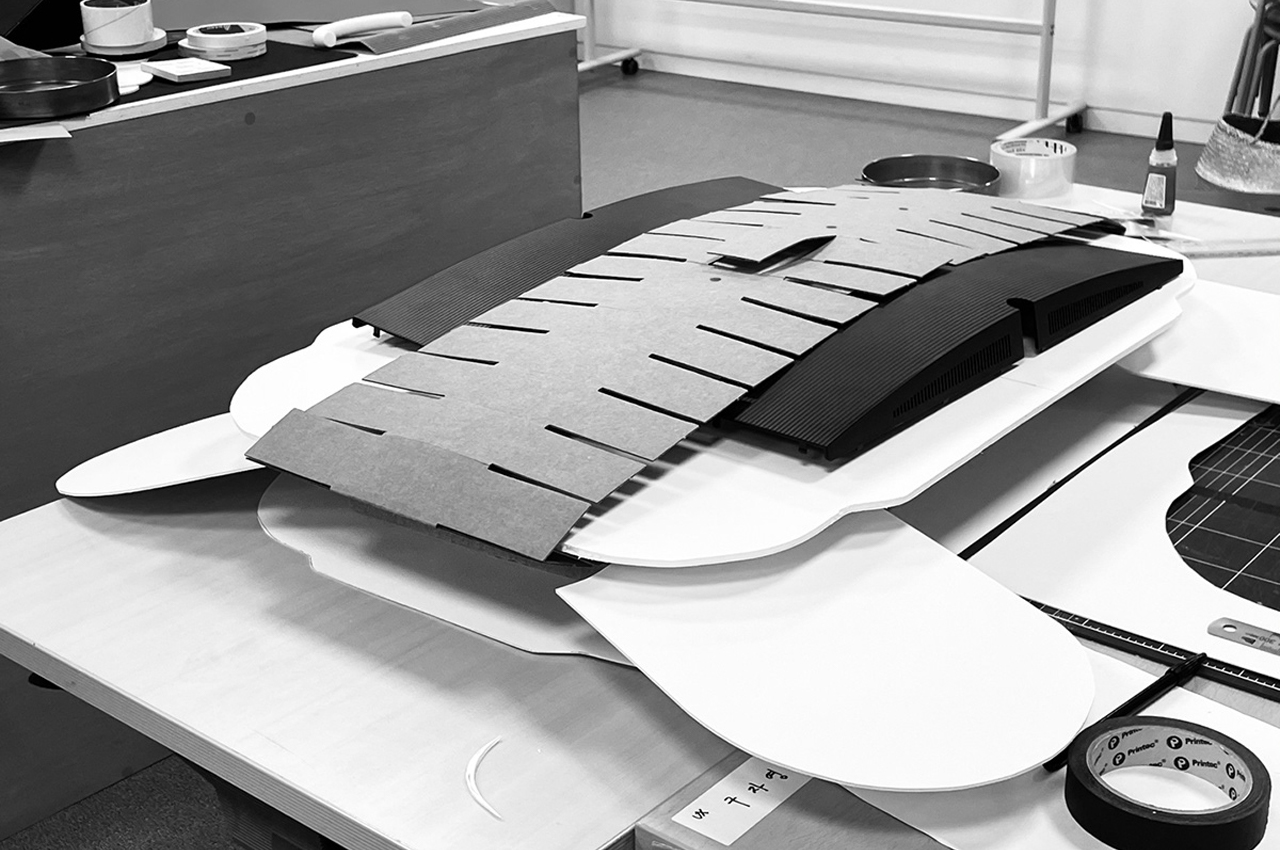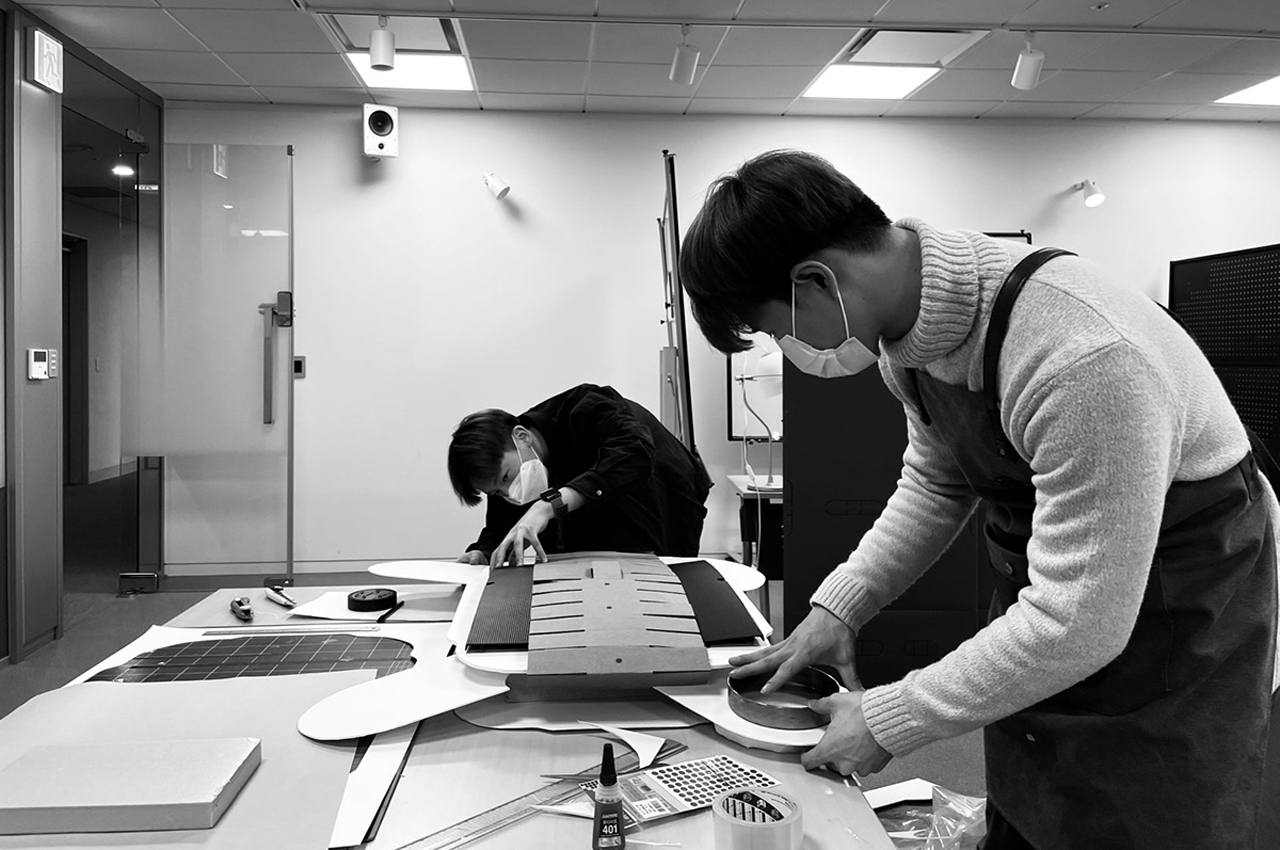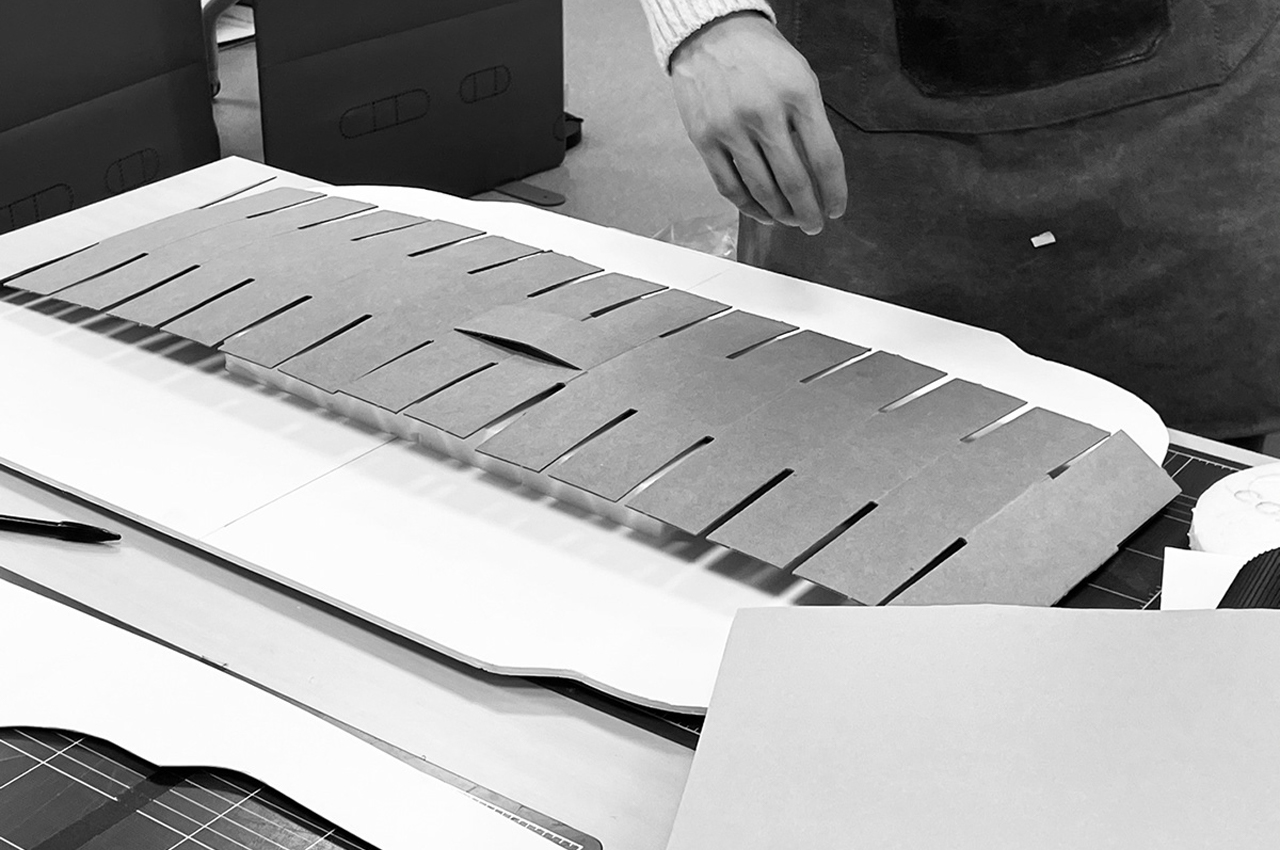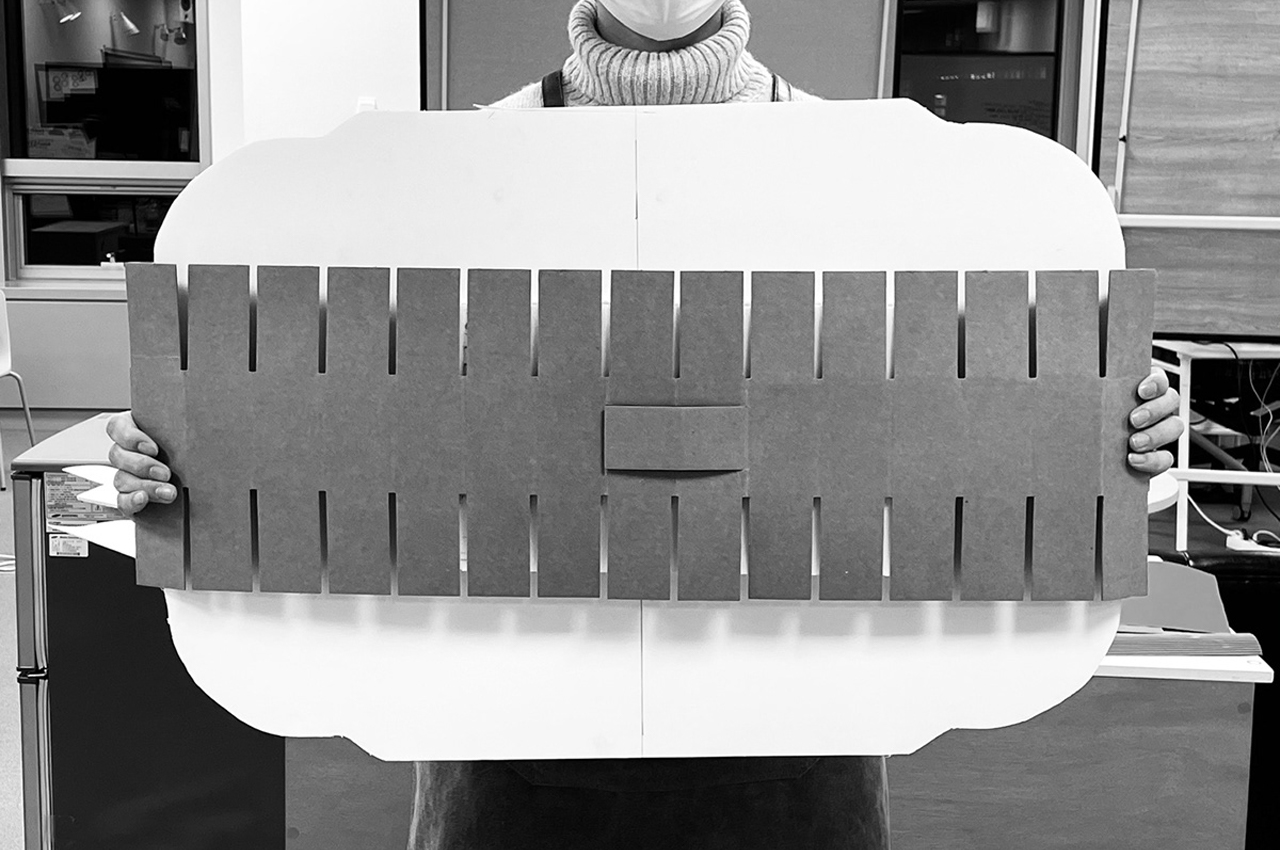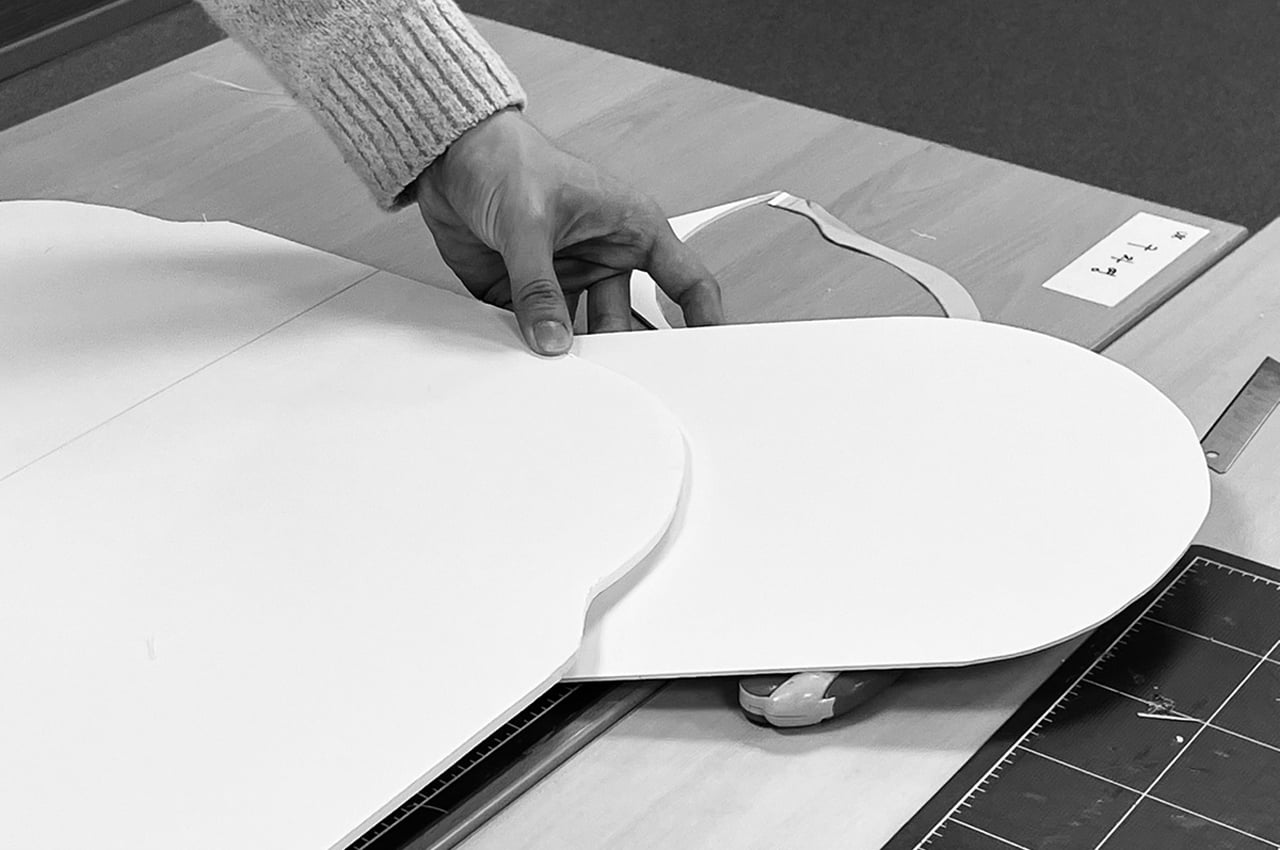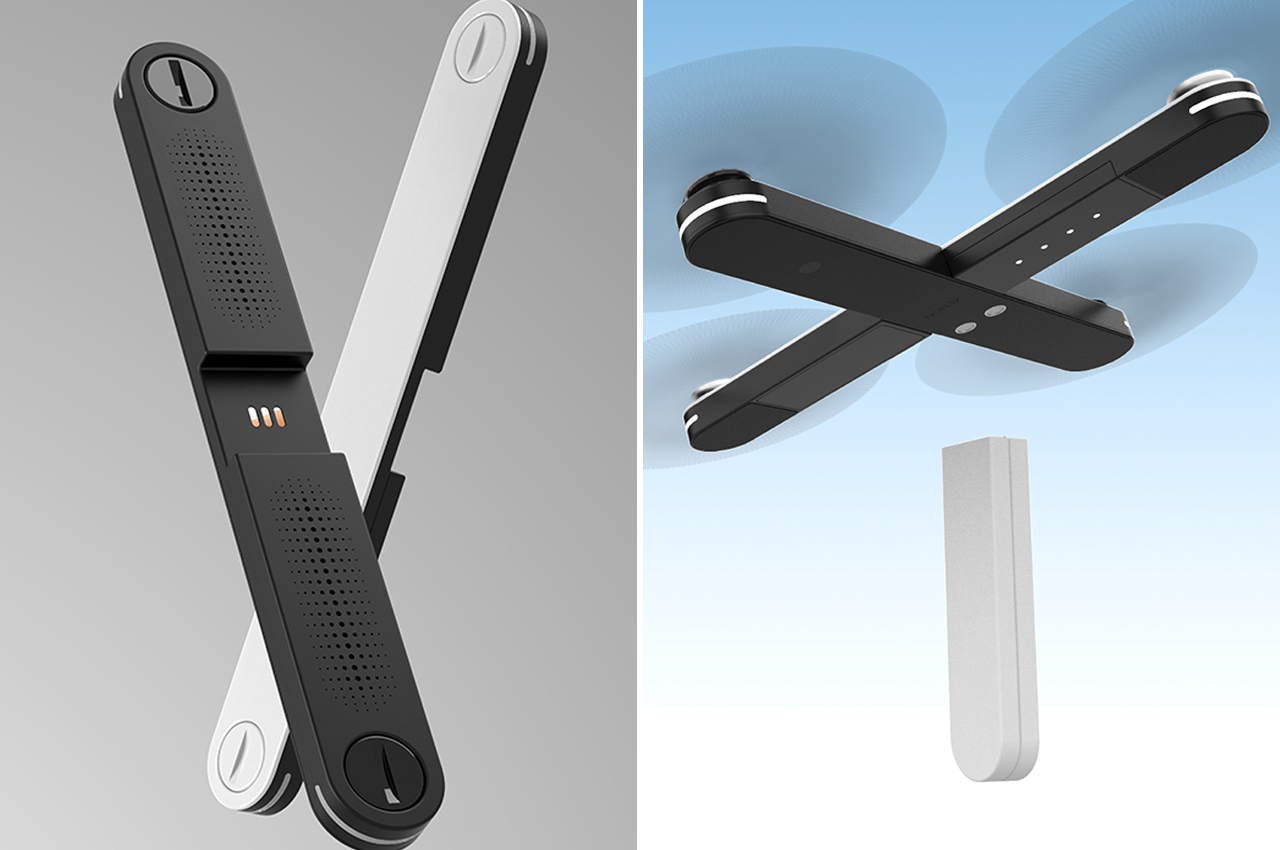
The rise of drone photography and videography has opened the door to plenty of technological and design advancements. Likewise, with the rise of social media, drones have seen some major improvements across the board, spanning from obstacle avoidance to camera quality and speed. Adding portability to the list, industrial designer Kendal Toerner conceptualized Xenon Drone, a handheld and modular drone designed for the most rugged of adventures.
Xenon Drone was first designed for the drone videographer looking for a drone that’s as durable as it is portable. Noticing the lack of handheld and high-quality drones on the market, Toerner sought to balance functionality and space. Broken down into three pieces, Xenon Drone is made from recyclable, plant-based thermoplastic and features a magnetic launching pad wedged between two drone modules. To communicate Xenon’s portability and simplicity, Toerner designed the drone to be versatile in its assembly, resulting in three different possible forms for flying and stacking achieved via magnetic connectors.
Getting Xenon Drone out of your hands and into the sky is simple—users need only attach the two drone modules at their center magnetic grooves, connect their propellers, and let it fly. One end of each module contains the chunk of embedded electronic wiring; the other end holds Xenon Drone’s triple-axis gimbal camera and batteries. But, while getting it up in the air is exciting, Toerner didn’t lose sight of the importance of a safe landing. Embedded with ultrasonic sensors, Xenon Drone depends on a magnetic landing wand to guide its safe descent—by raising the magnetic wand, Xenon Drone can land safely no matter where it flies from.
Users can also control Xenon Drone’s route from their smartphones using an elastic joystick controller that can adapt to almost any smartphone. From your smartphone, Xenon Drone’s joystick controller displays the drone’s altitude, distance, and velocity, as well as the haptic joystick and pan controls. In addition, integrated GPS technology and Bluetooth connectivity allow users to locate Xenon Drone wherever it lands.
Designer: Kendall Toerner
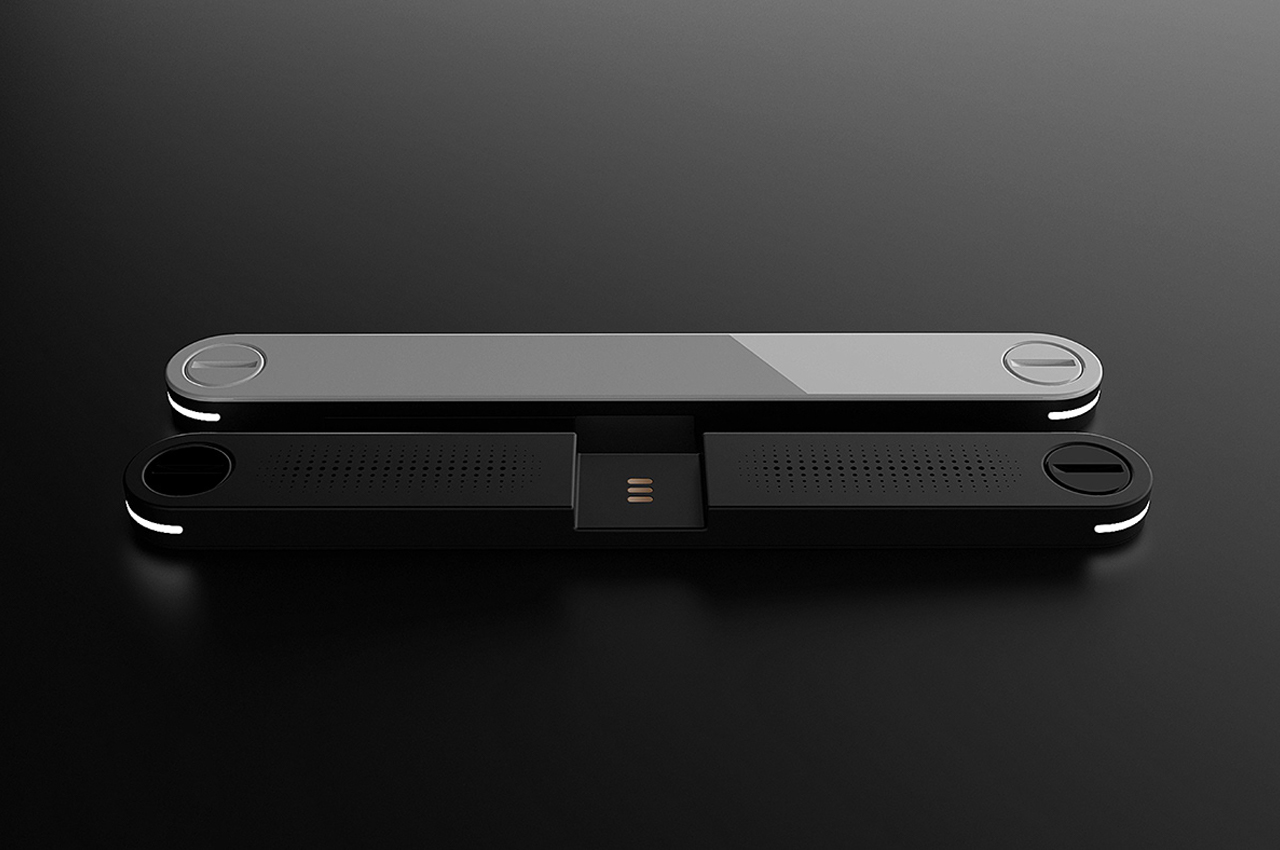
Broken down into two parts, each module of the Xenon Drone attaches at its magnetic center.
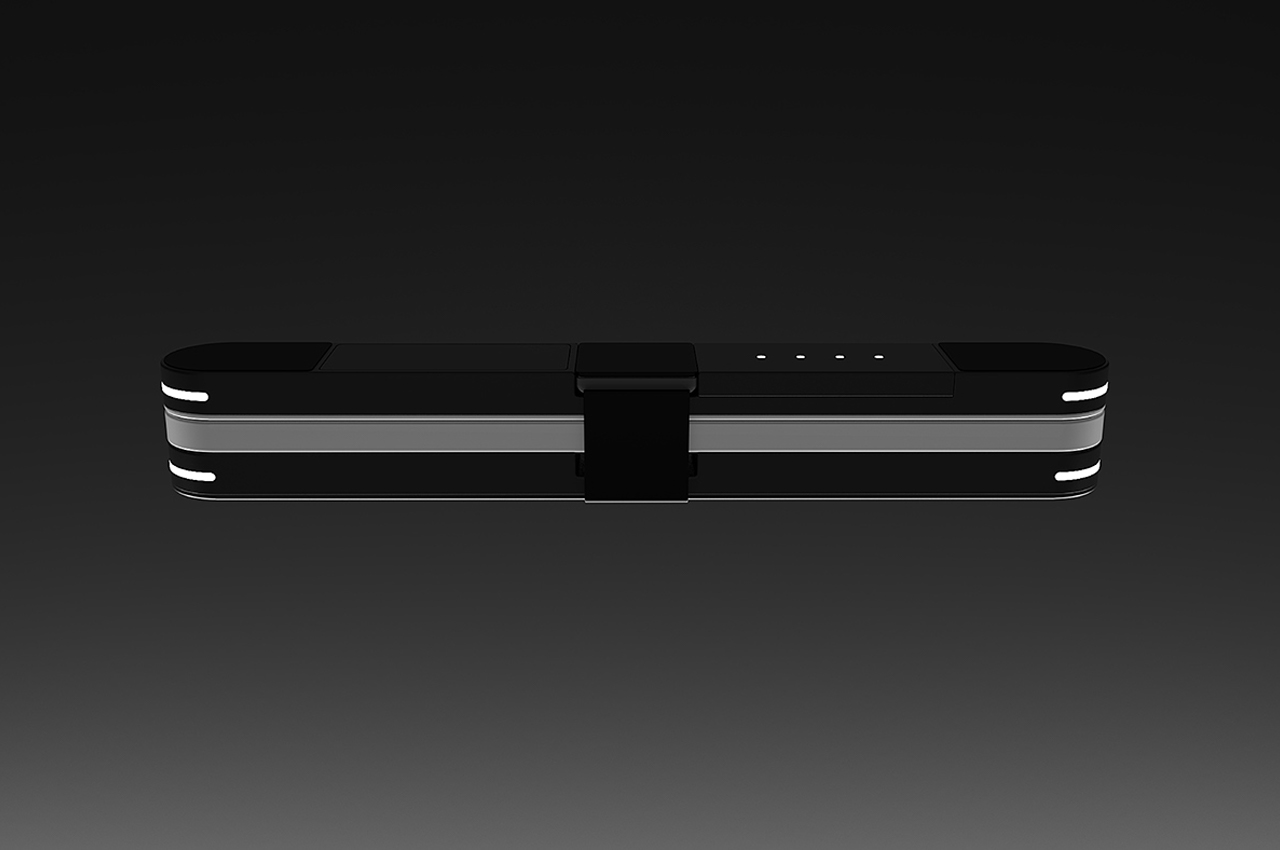
A launching pad was wedged between the two modules to ensure an effective takeoff.
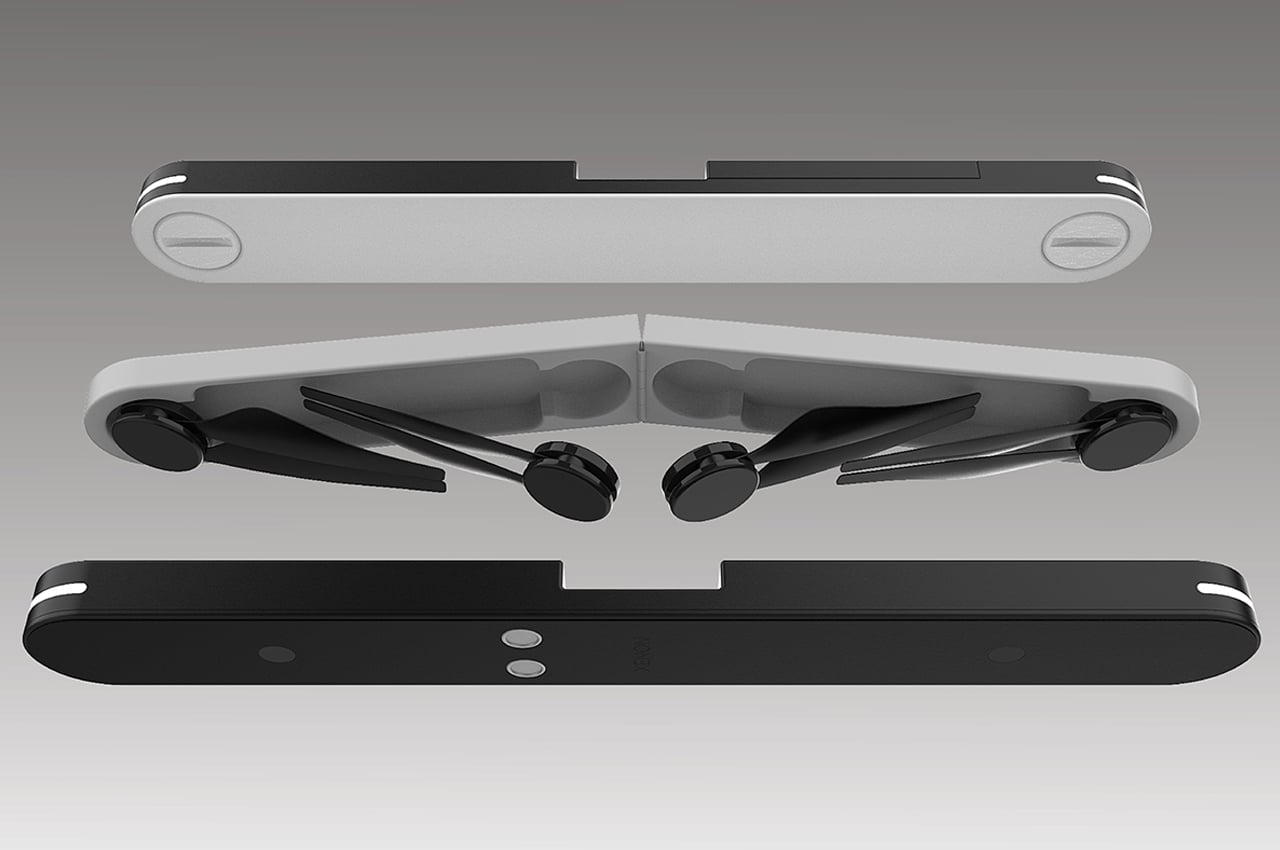
Embedded magnetic springs pluck out to deploy each drone module.
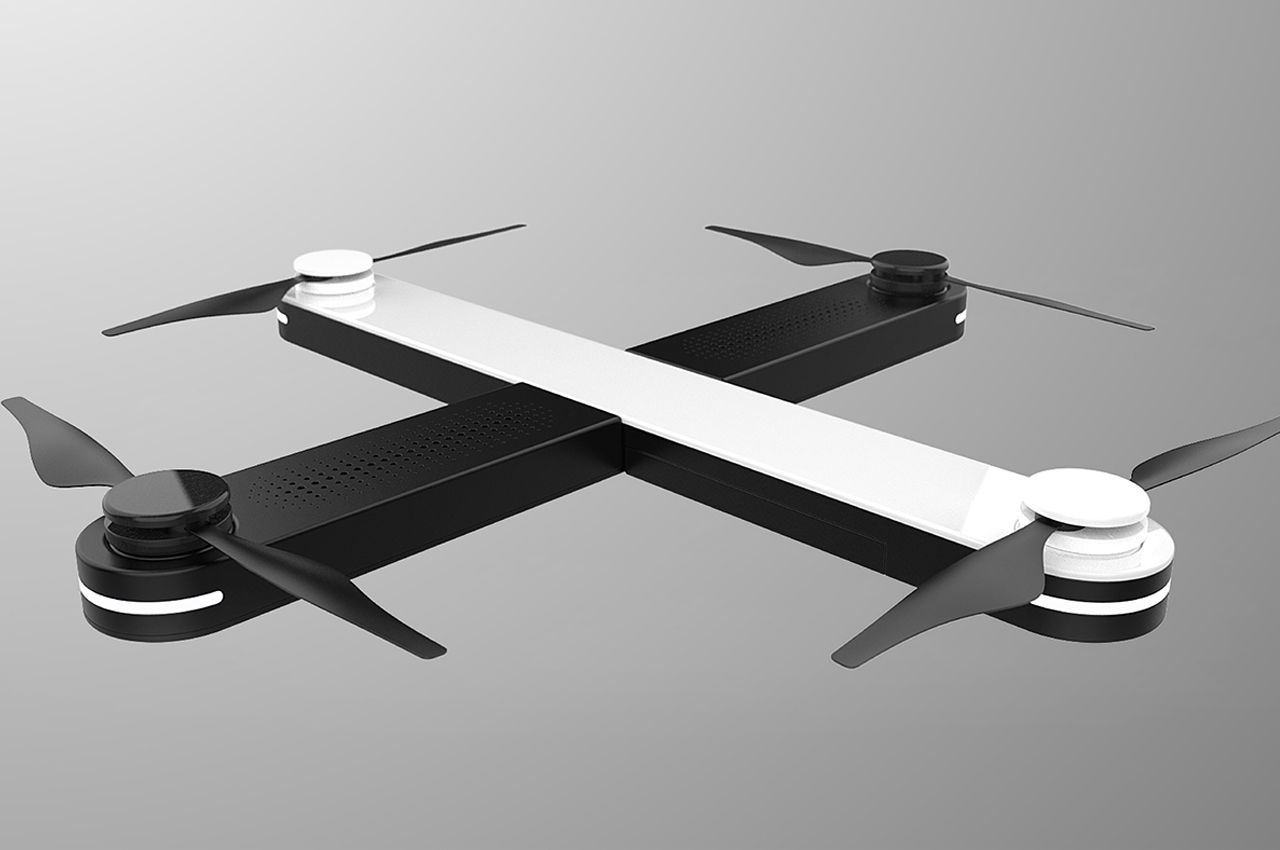
After the two modules connect, propellers are attached before Xenon can take flight.
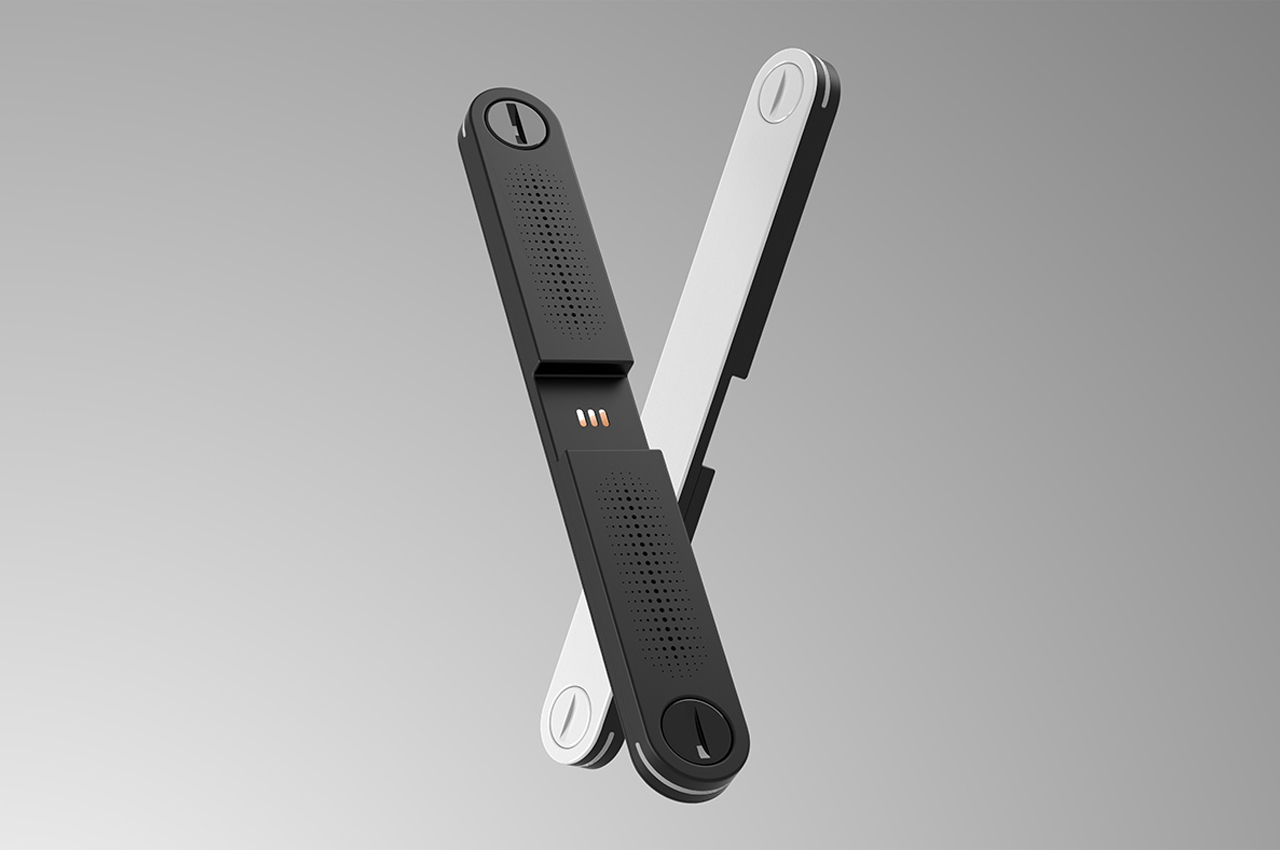
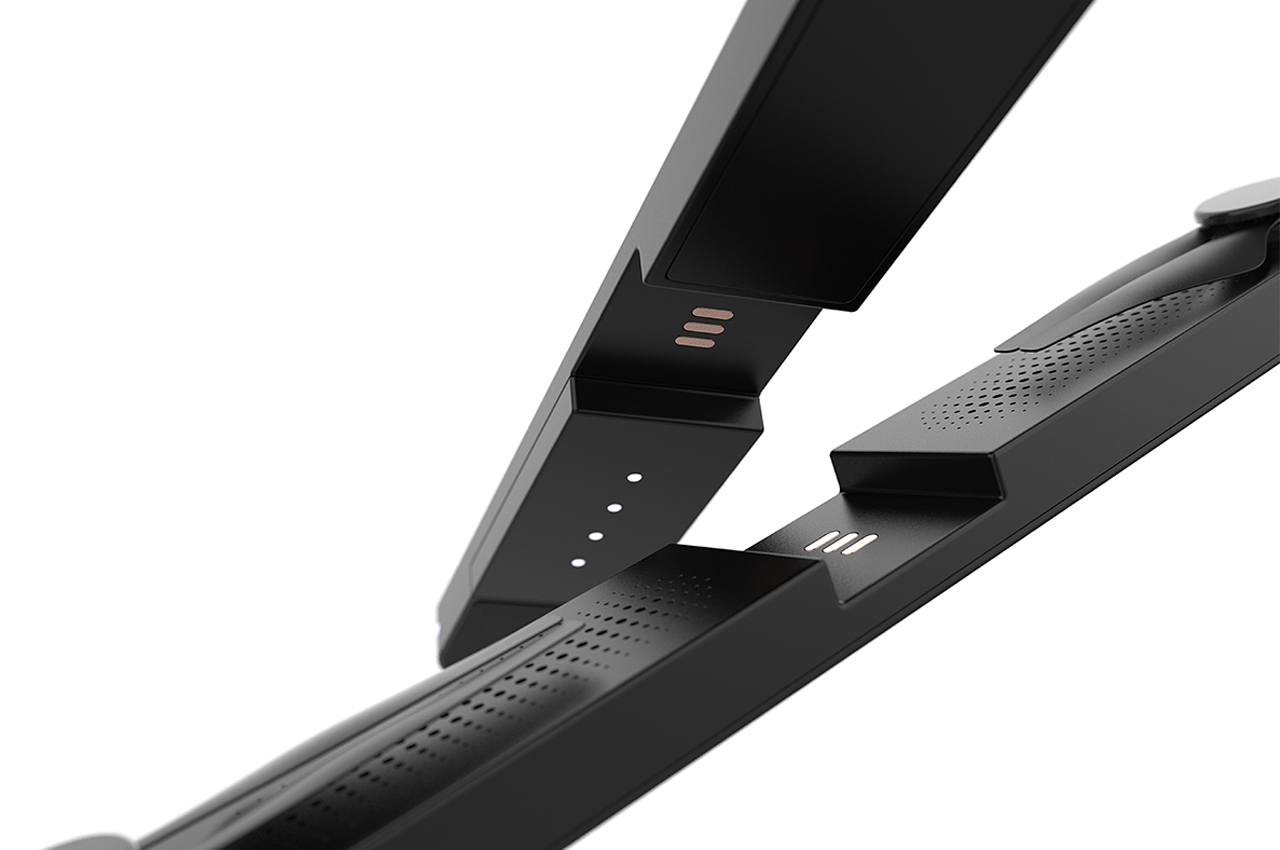
Xenon’s magnetic connector.
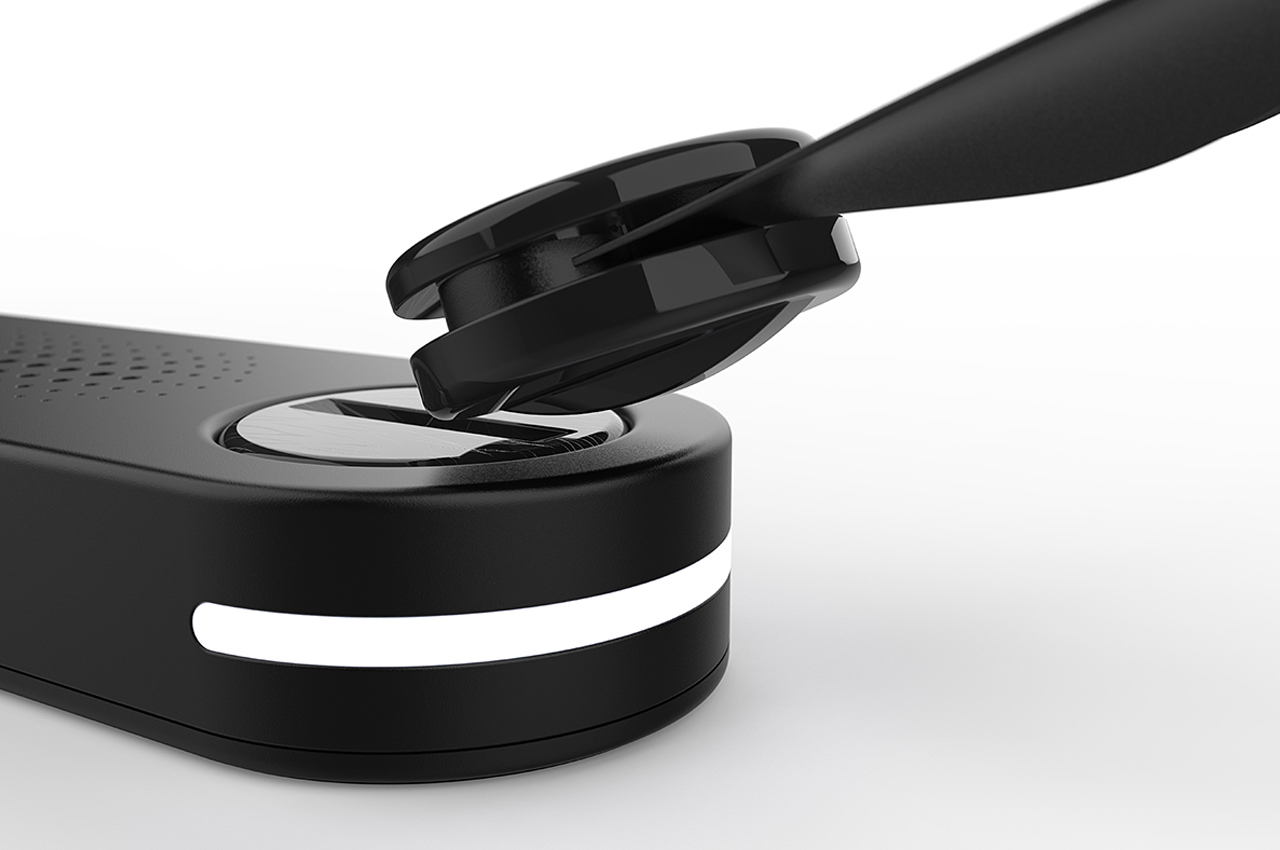
Users need only attach the two modules and connect their respective propellers.
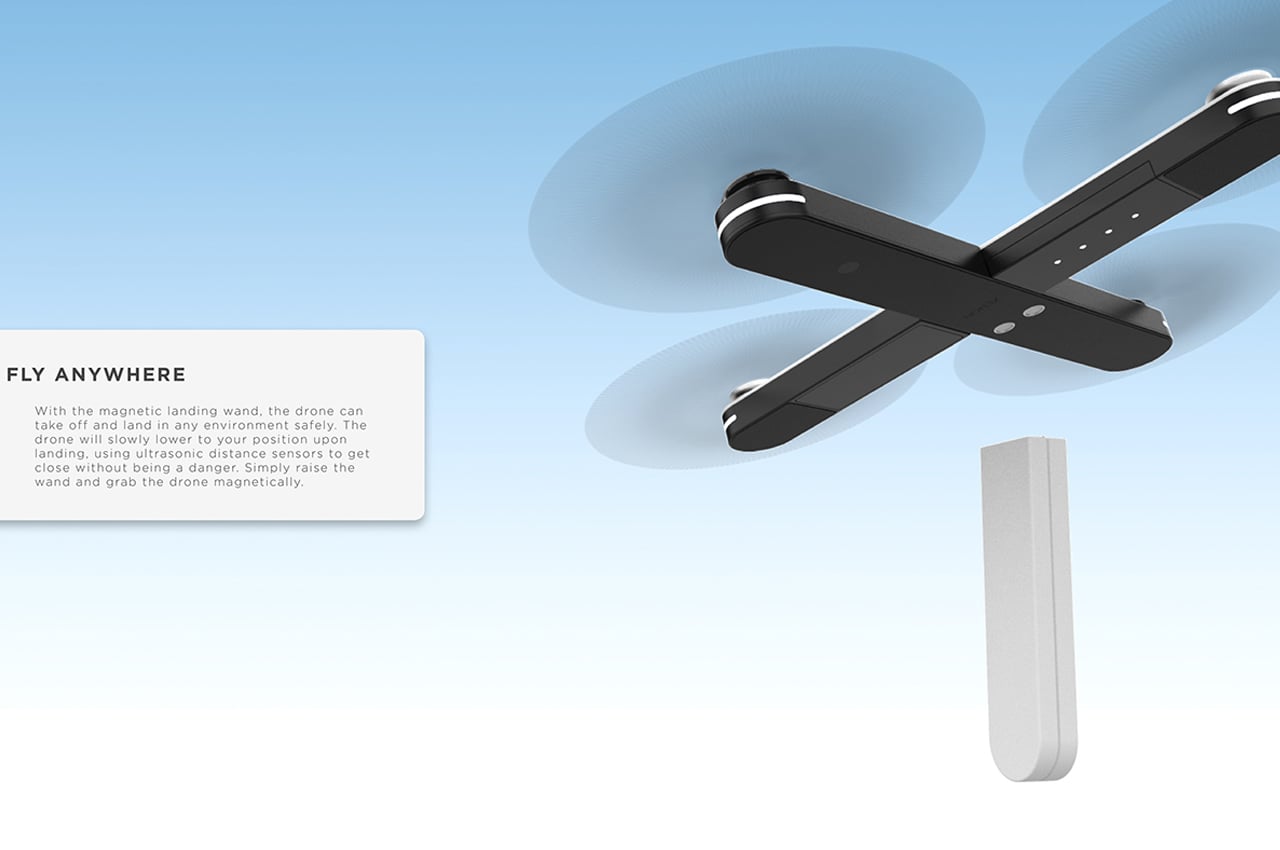
A magnetic landing wand guides Xenon in a safe descent.
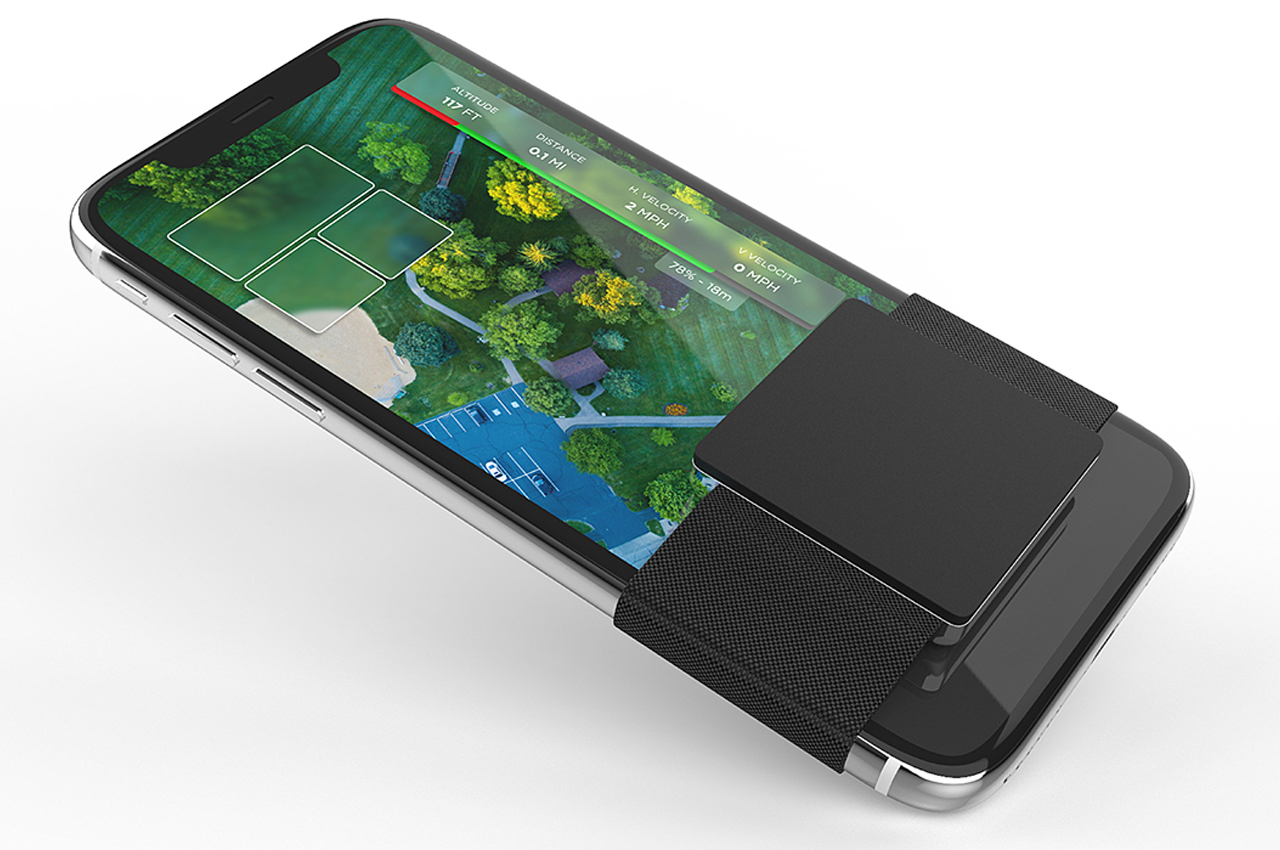
An elastic joystick controller allows users to choose Xenon’s route.
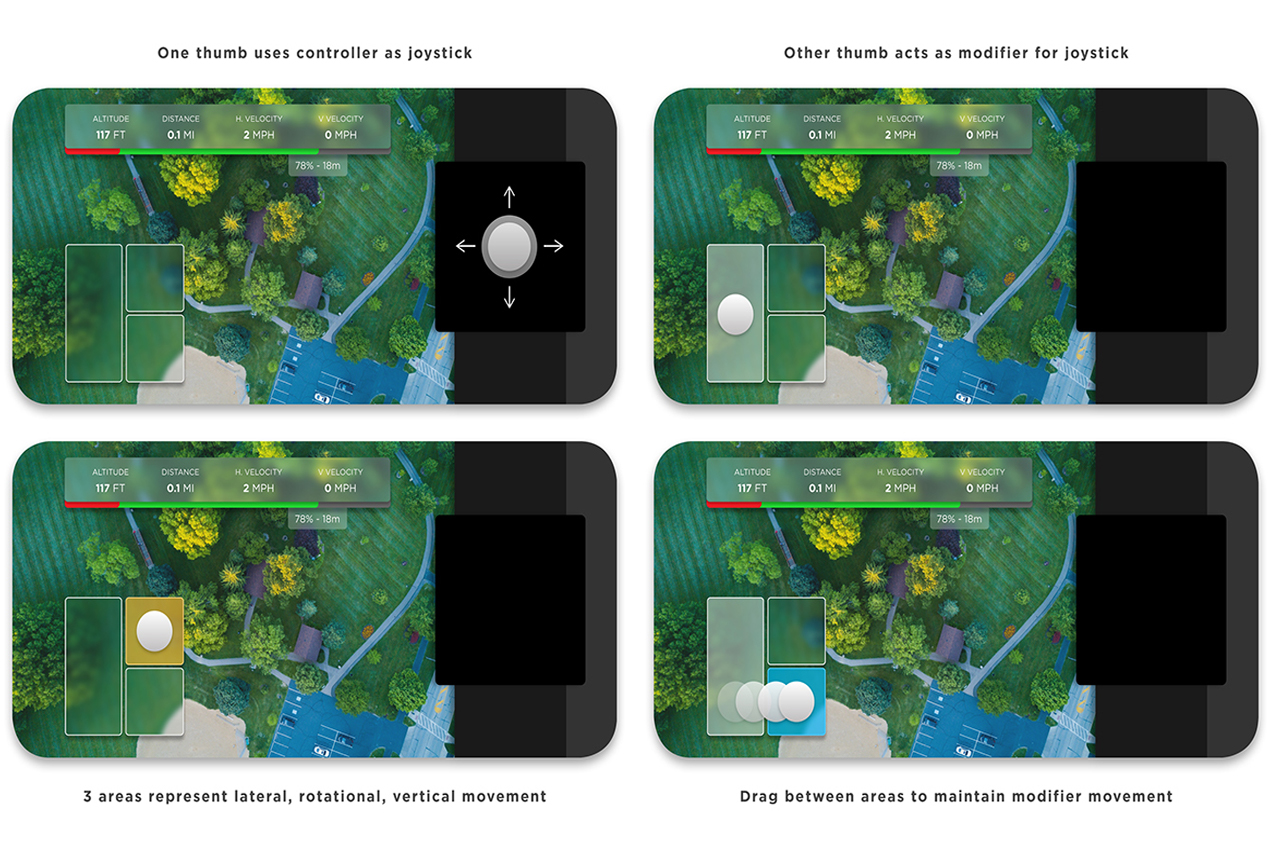
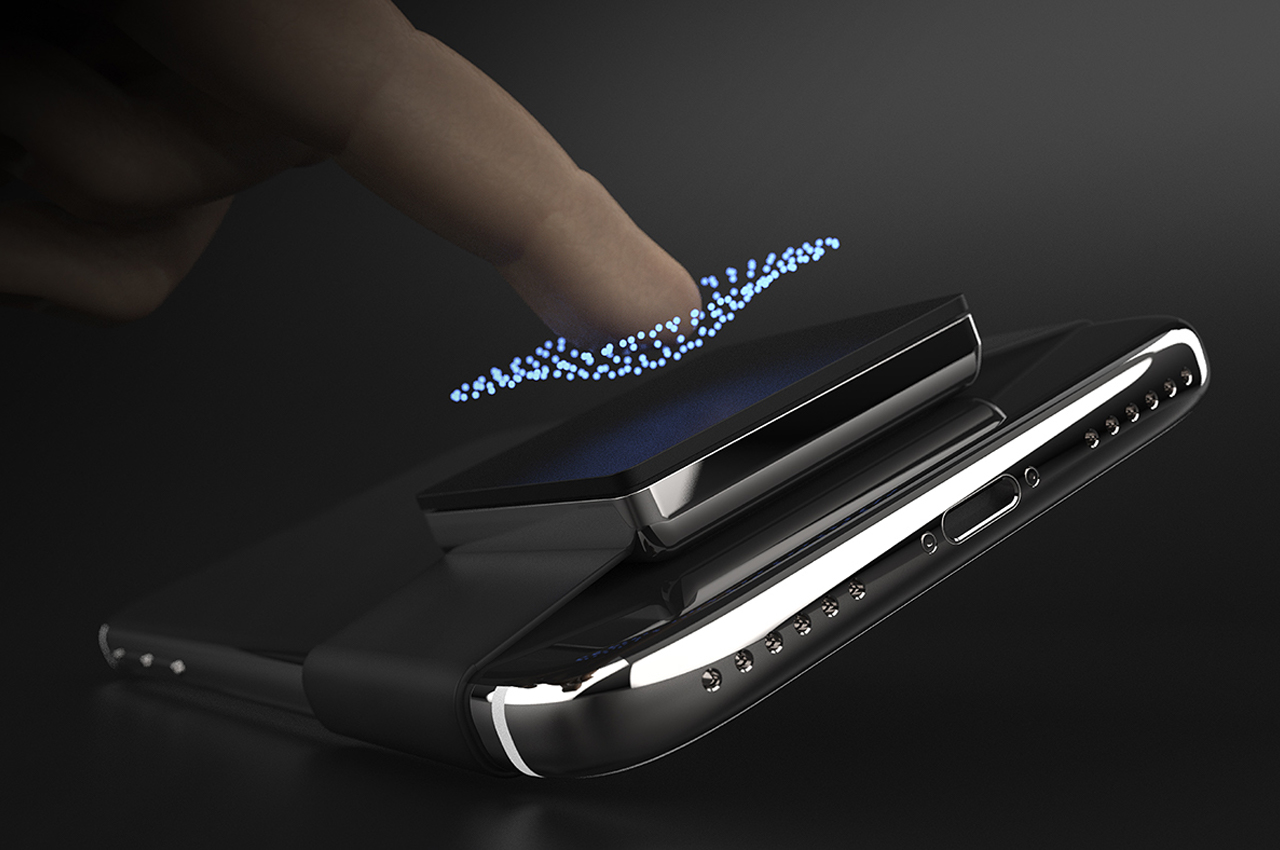
“By modulating an electromagnetic force on your fingertip, the flat surface of the controller feels just like a joystick. The further from the center, the more resistance. This allows for eyes-off flying, mitigating finger-drifting issues,” Toerner notes.
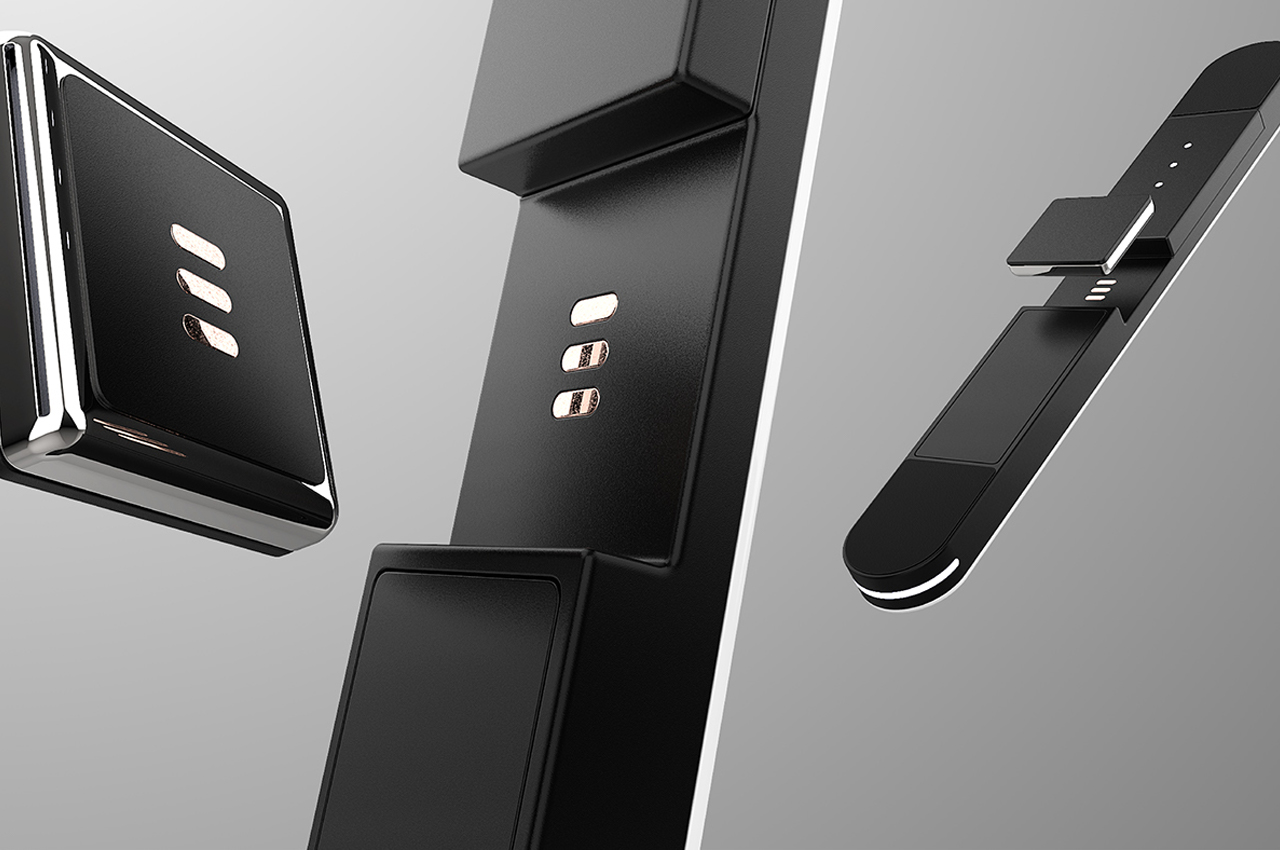
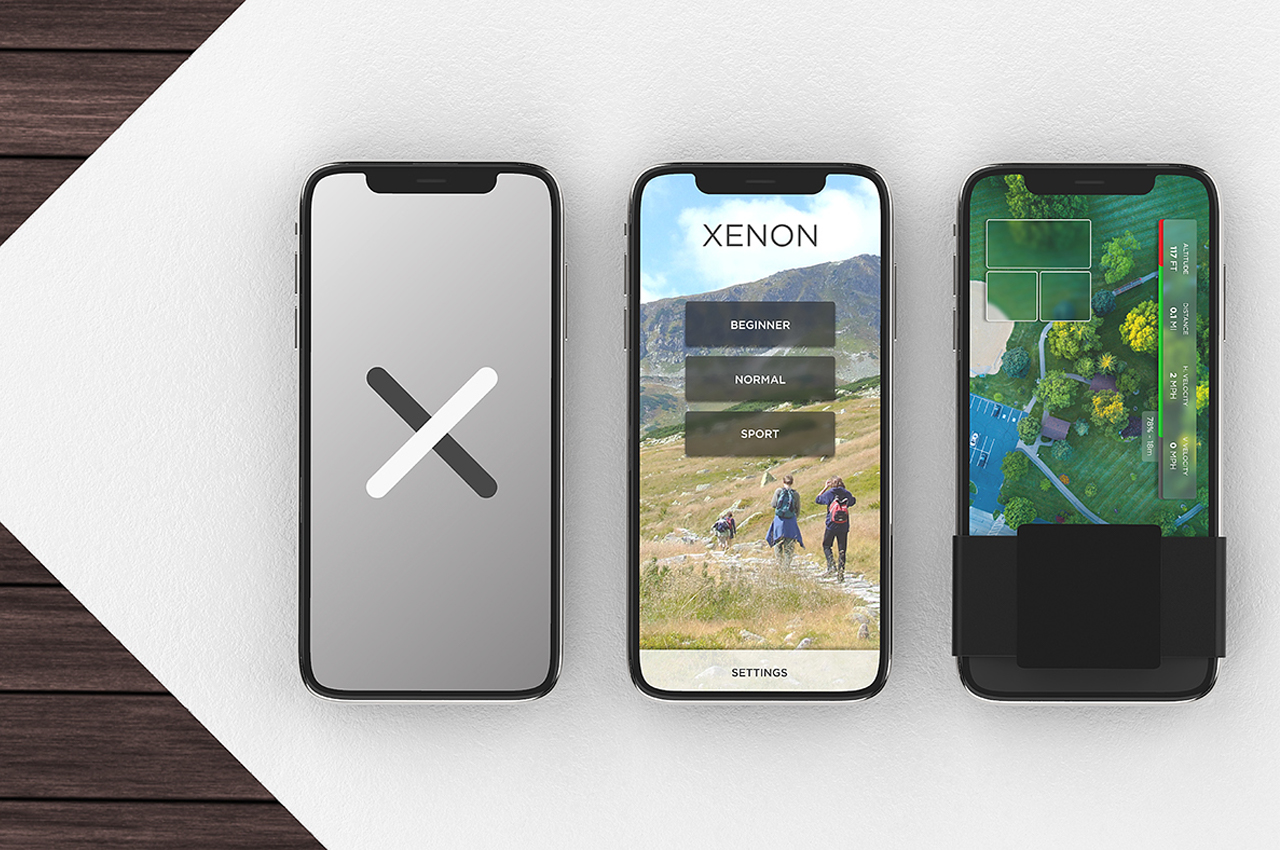
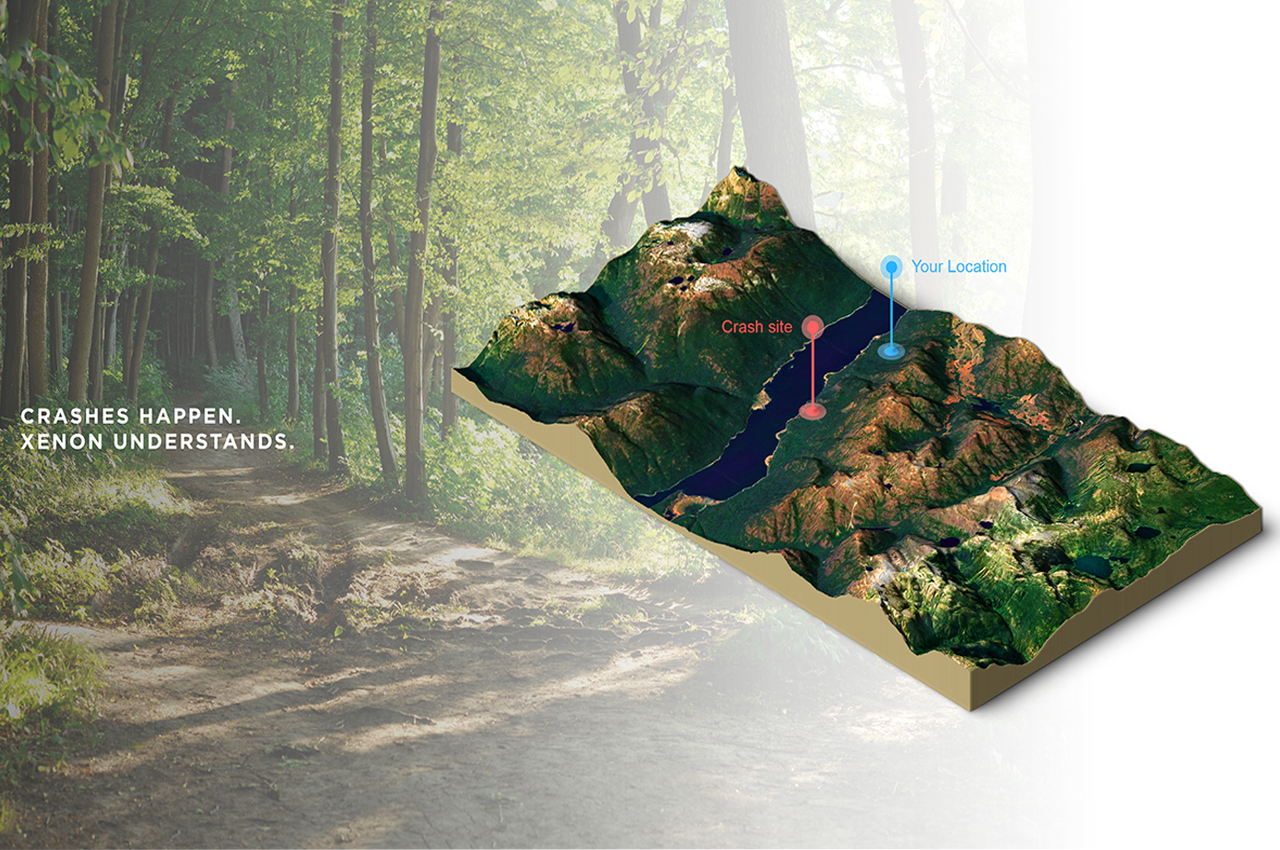
“Using the onboard transceiver, GPS, and Bluetooth, the exact location of the two drone parts is always known even when they separate.”
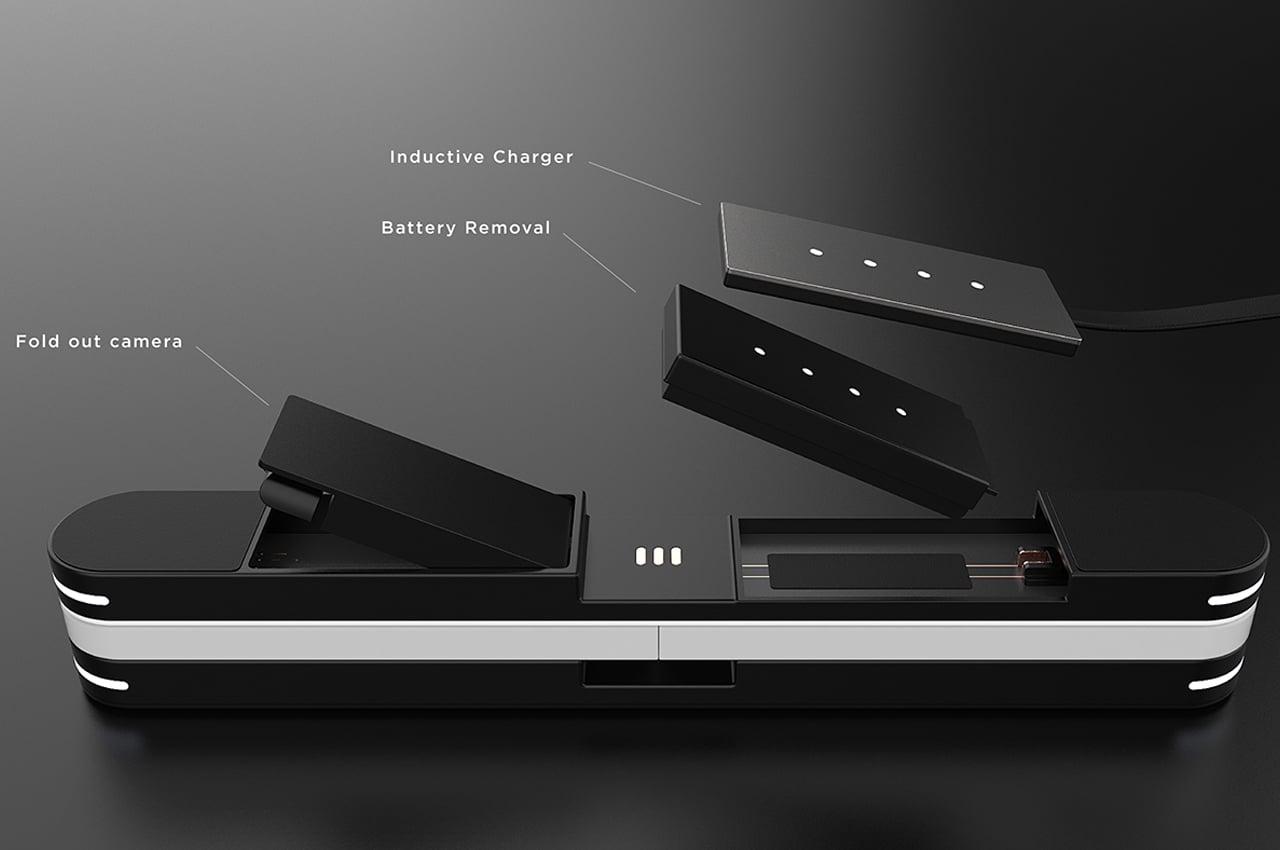
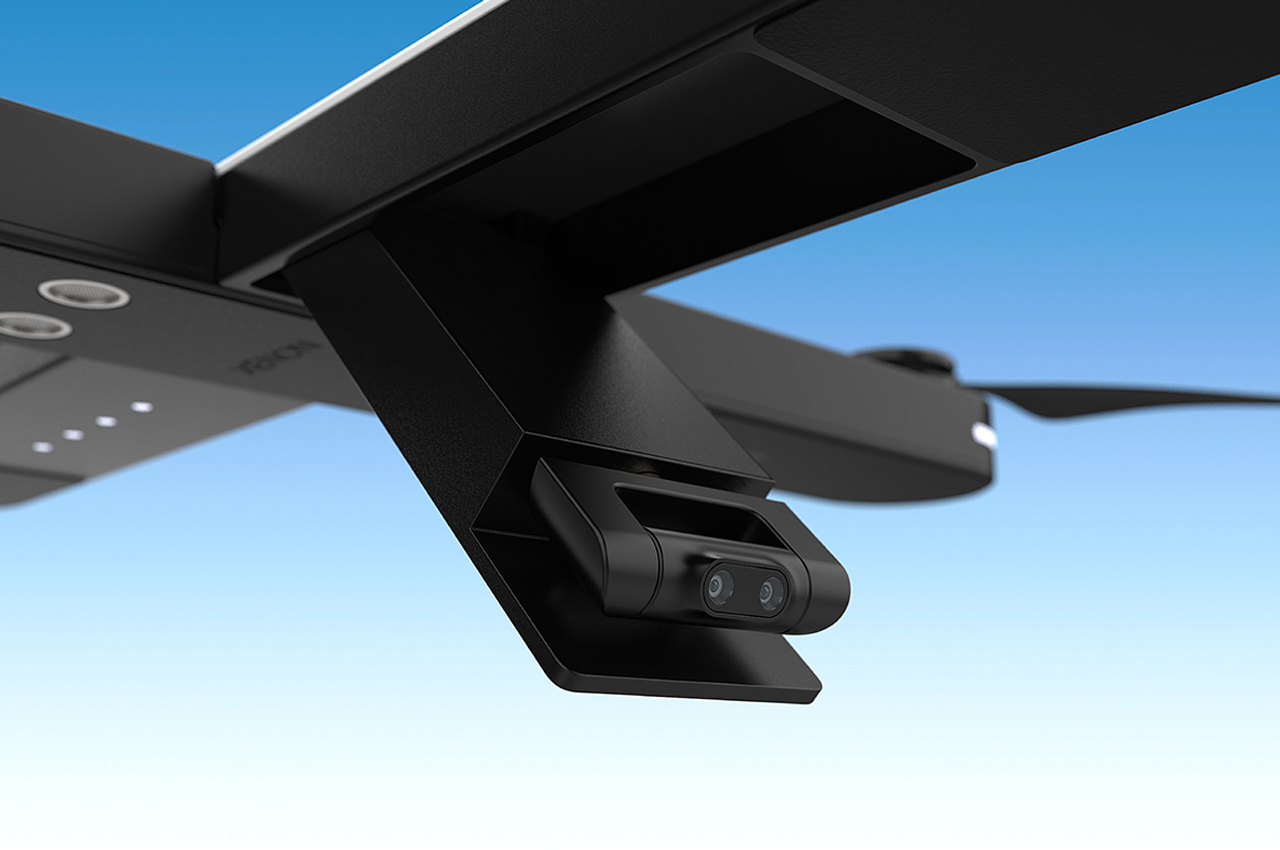
“A camera with a triple-axis gimbal allows for optical image stabilization and manual panning. Having both a wide-angle and telephoto lens allows for unique options when capturing adventures.”
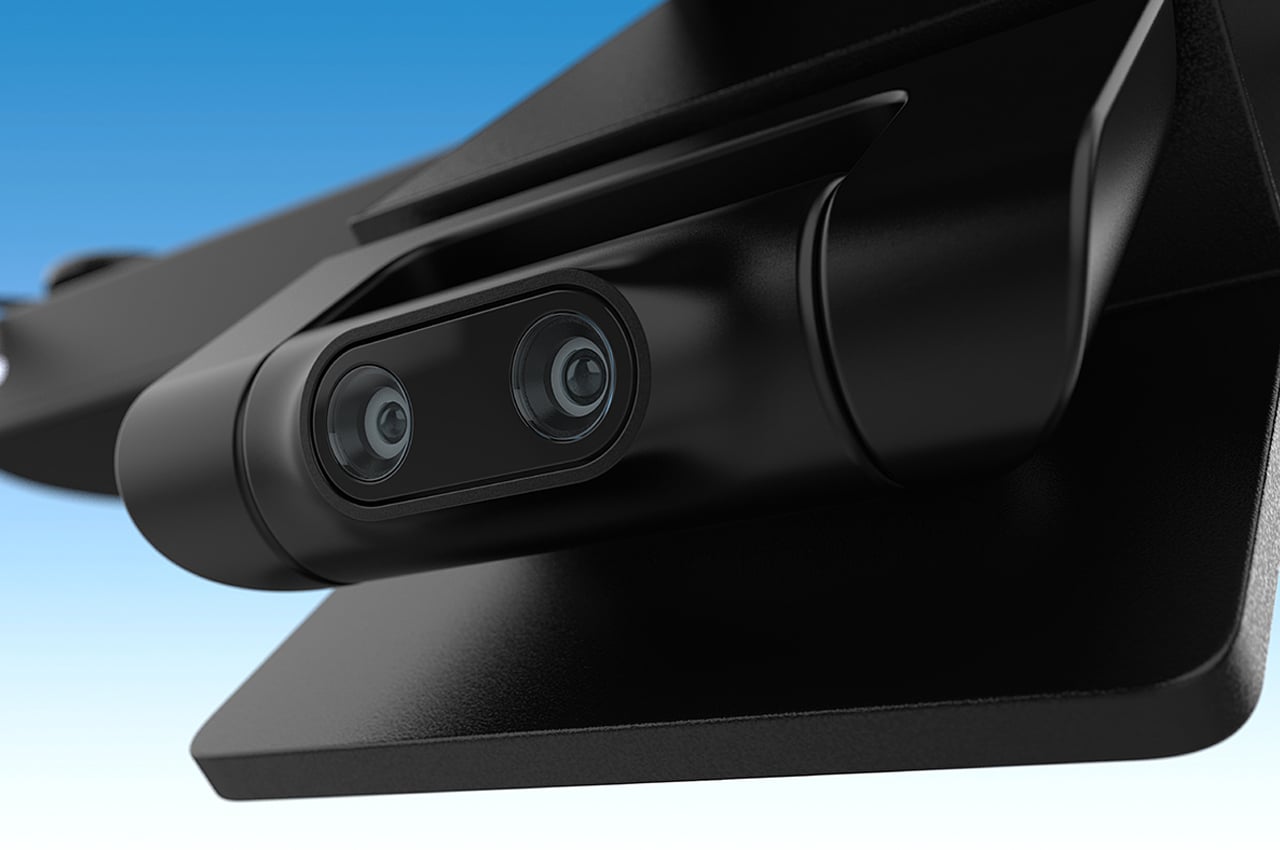
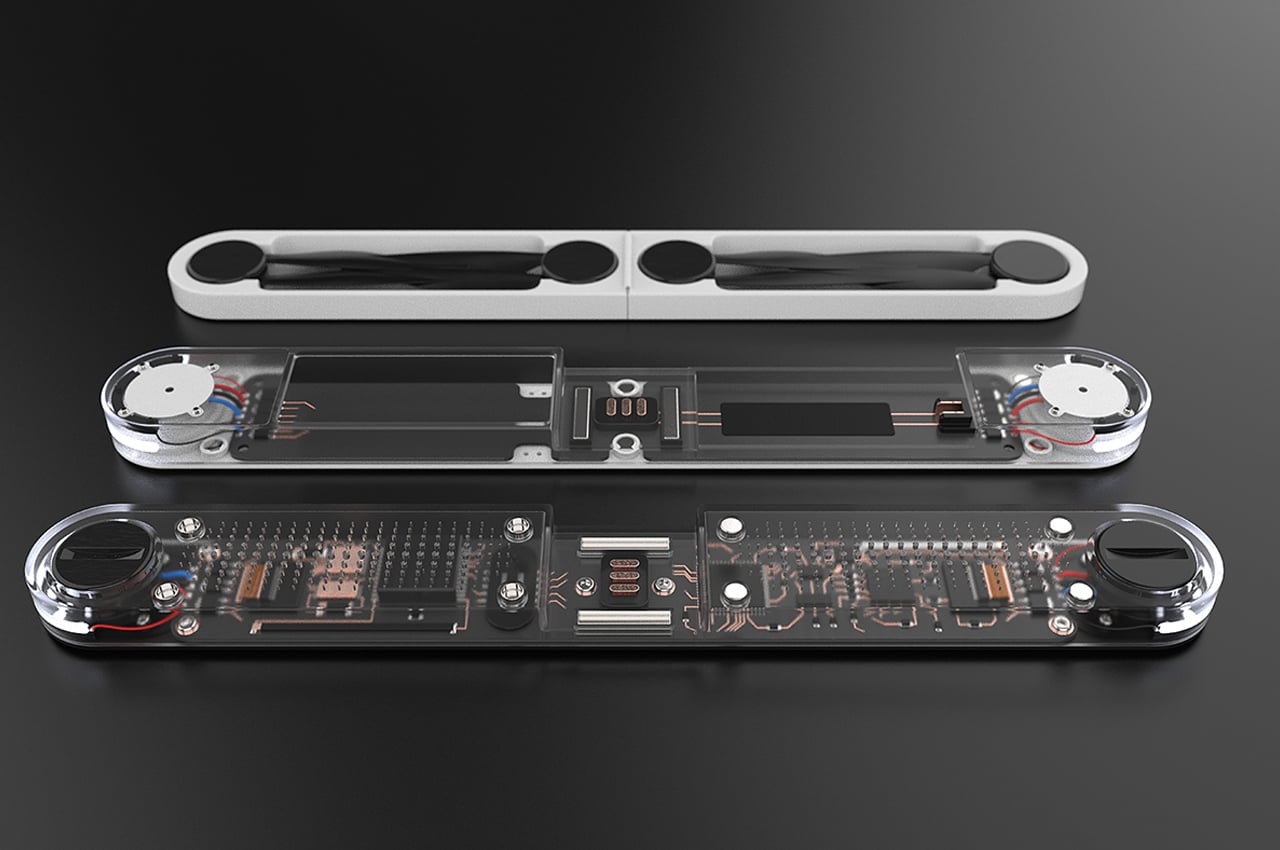
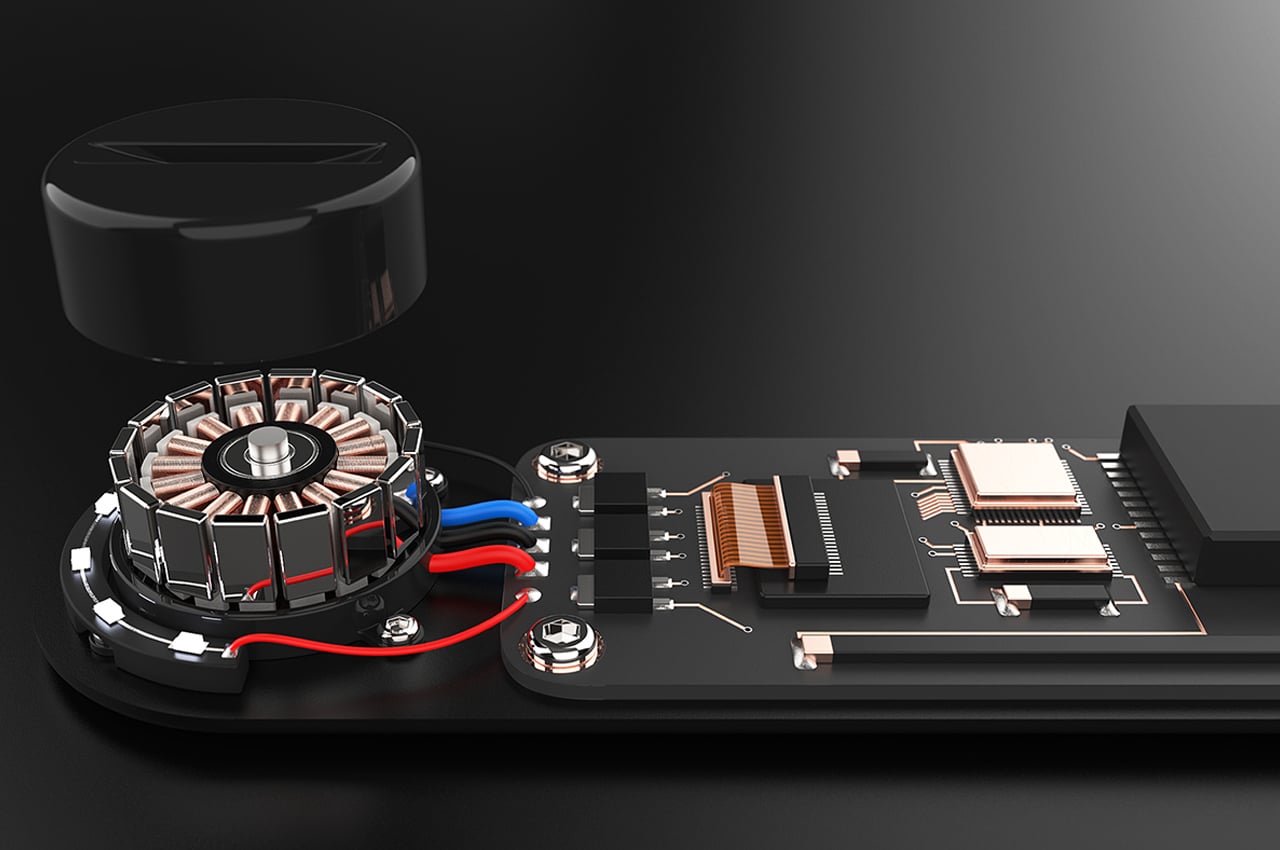
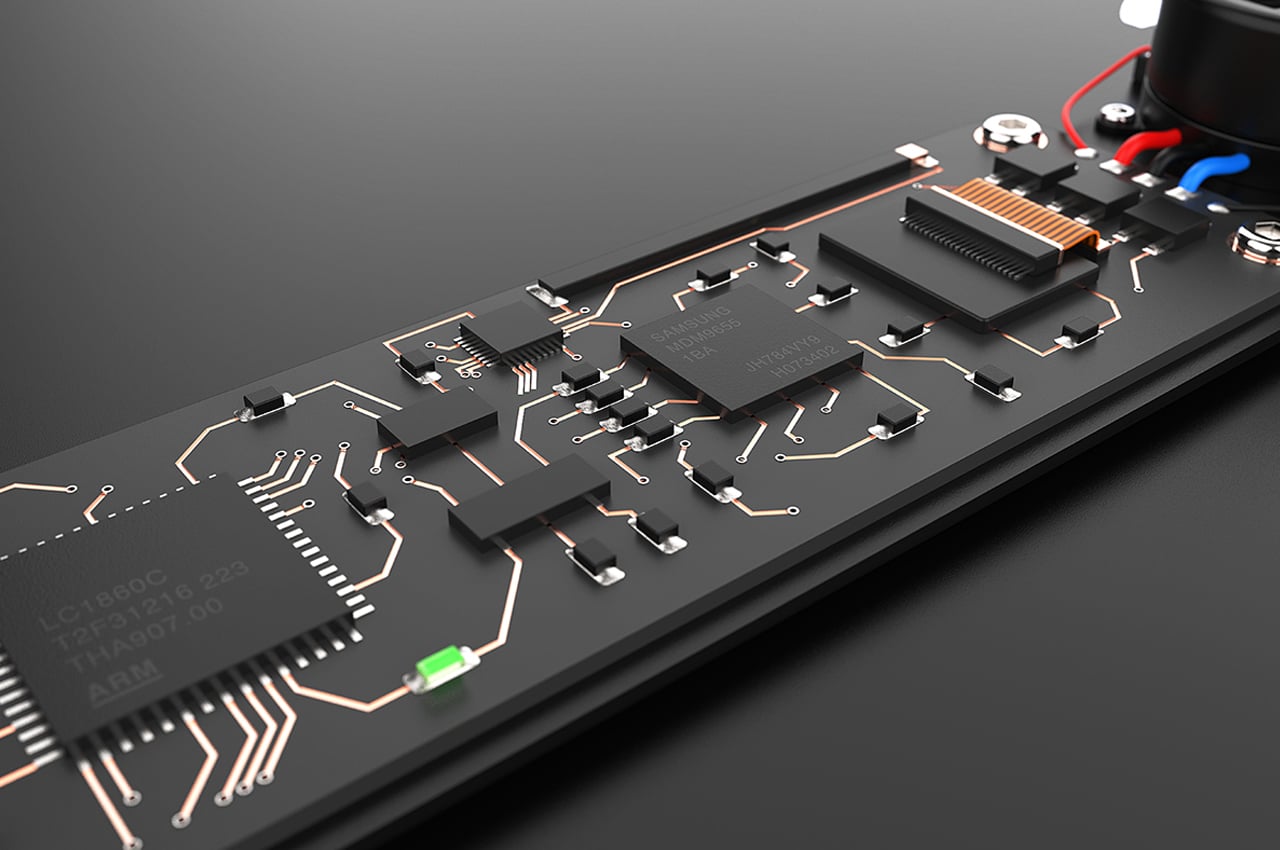
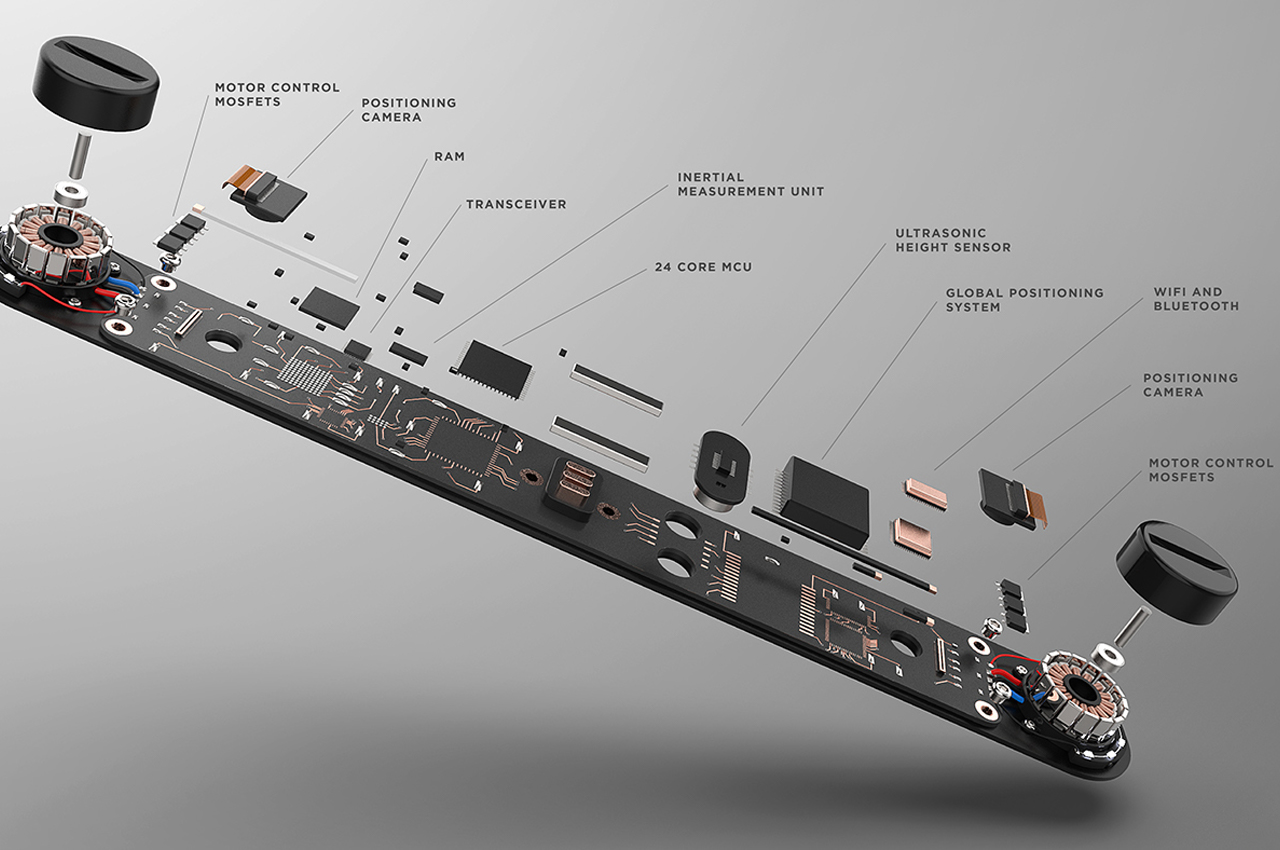
“A thermoplastic, layer-based circuit board can be decoupled from its components with a hot liquid solvent, allowing for reuse and recycle of almost every part. Xenon is manufactured using renewable energy, plant-based thermoplastic, (recyclable) metal, and can be fully disassembled because it uses fasteners and a removable thermal adhesive.”
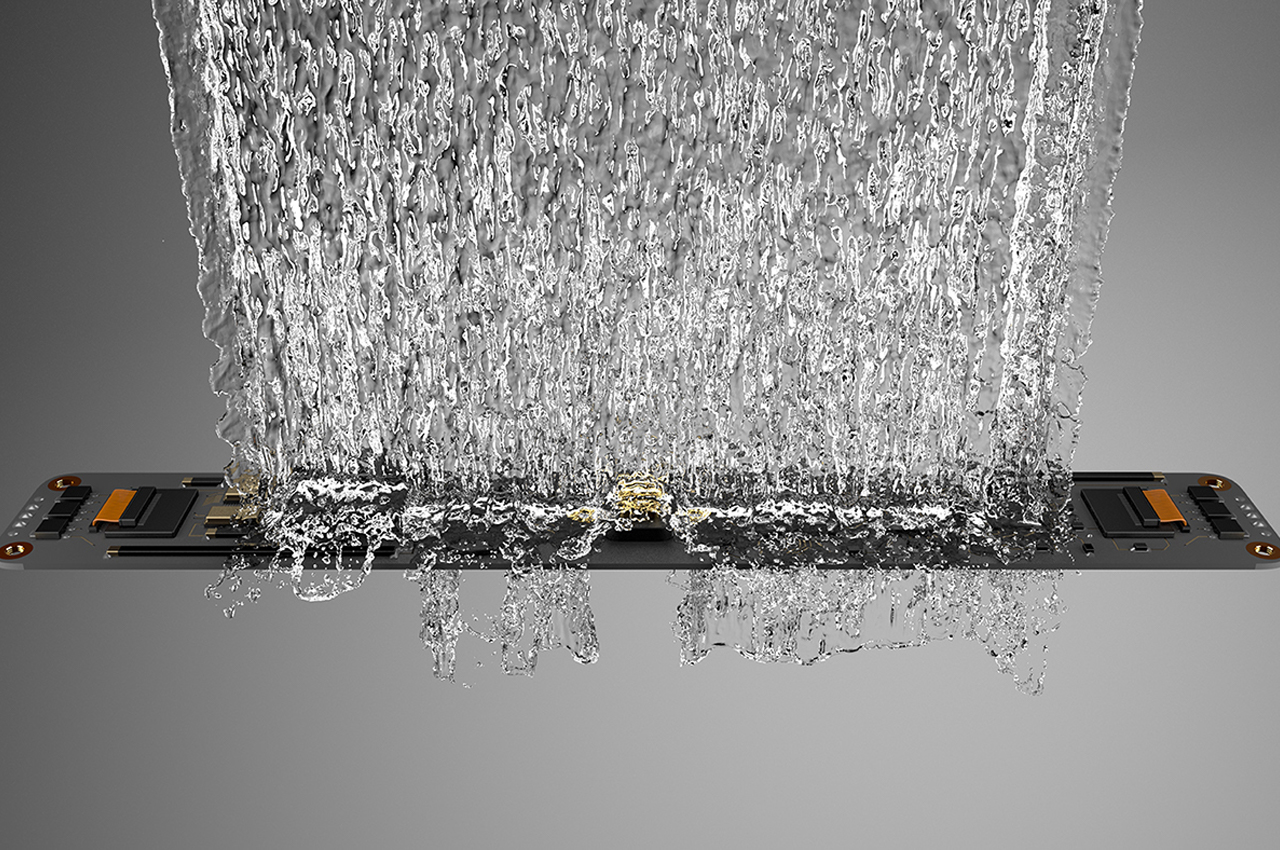
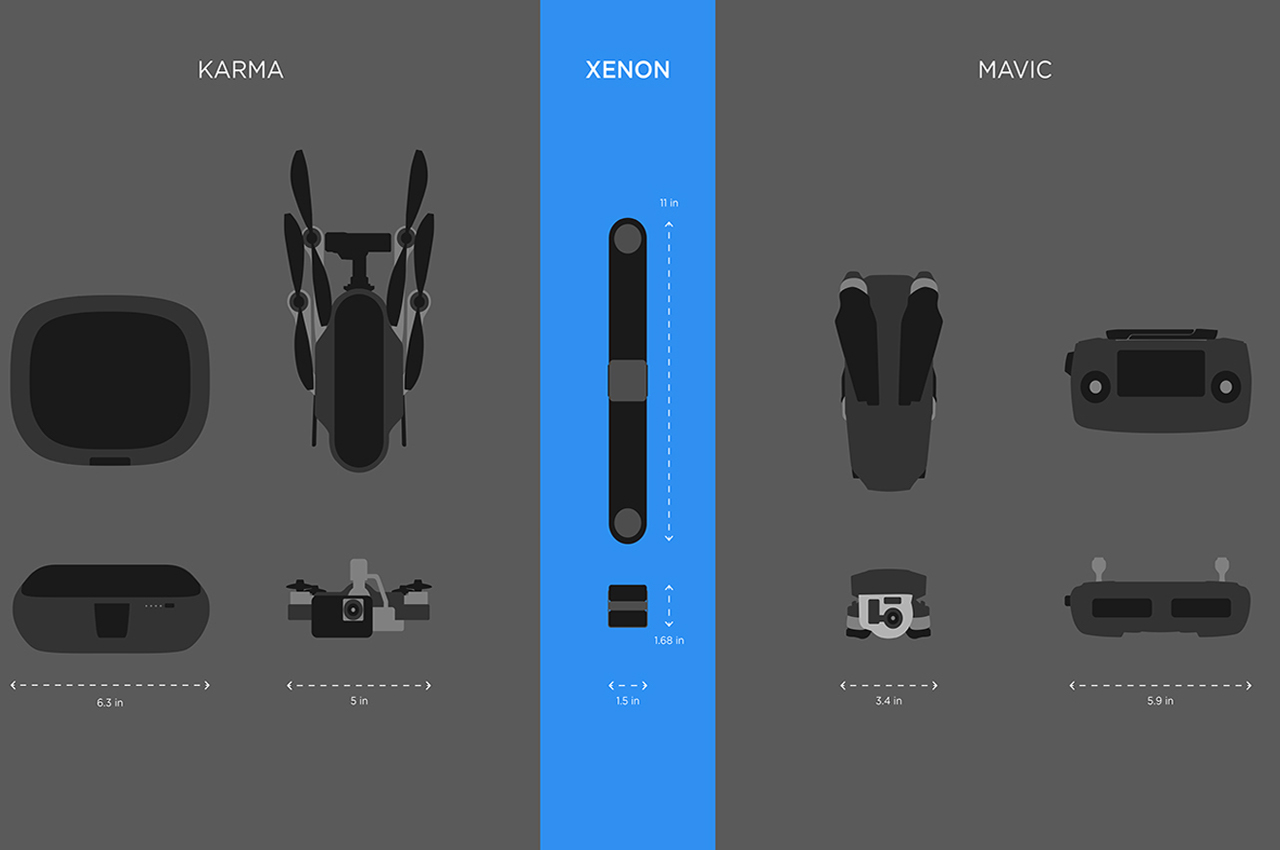
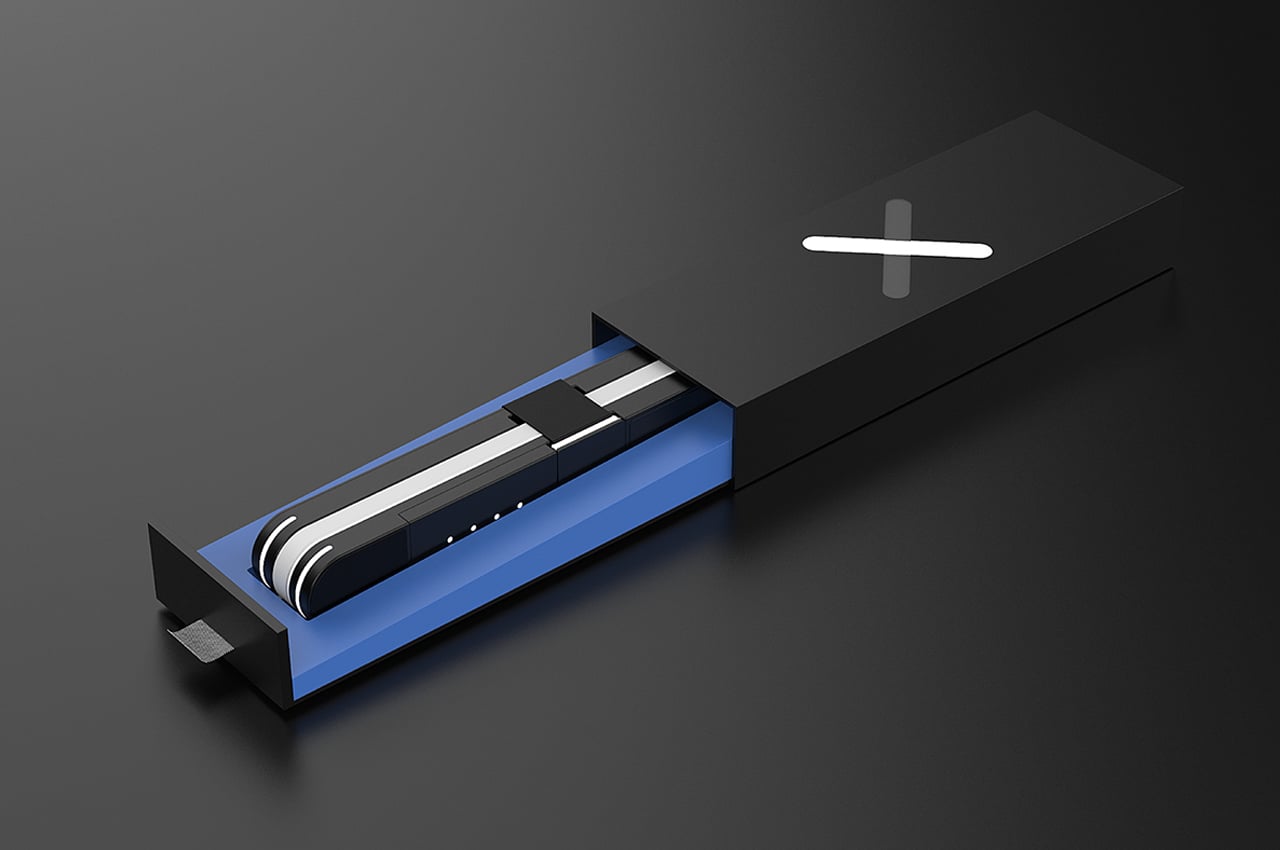

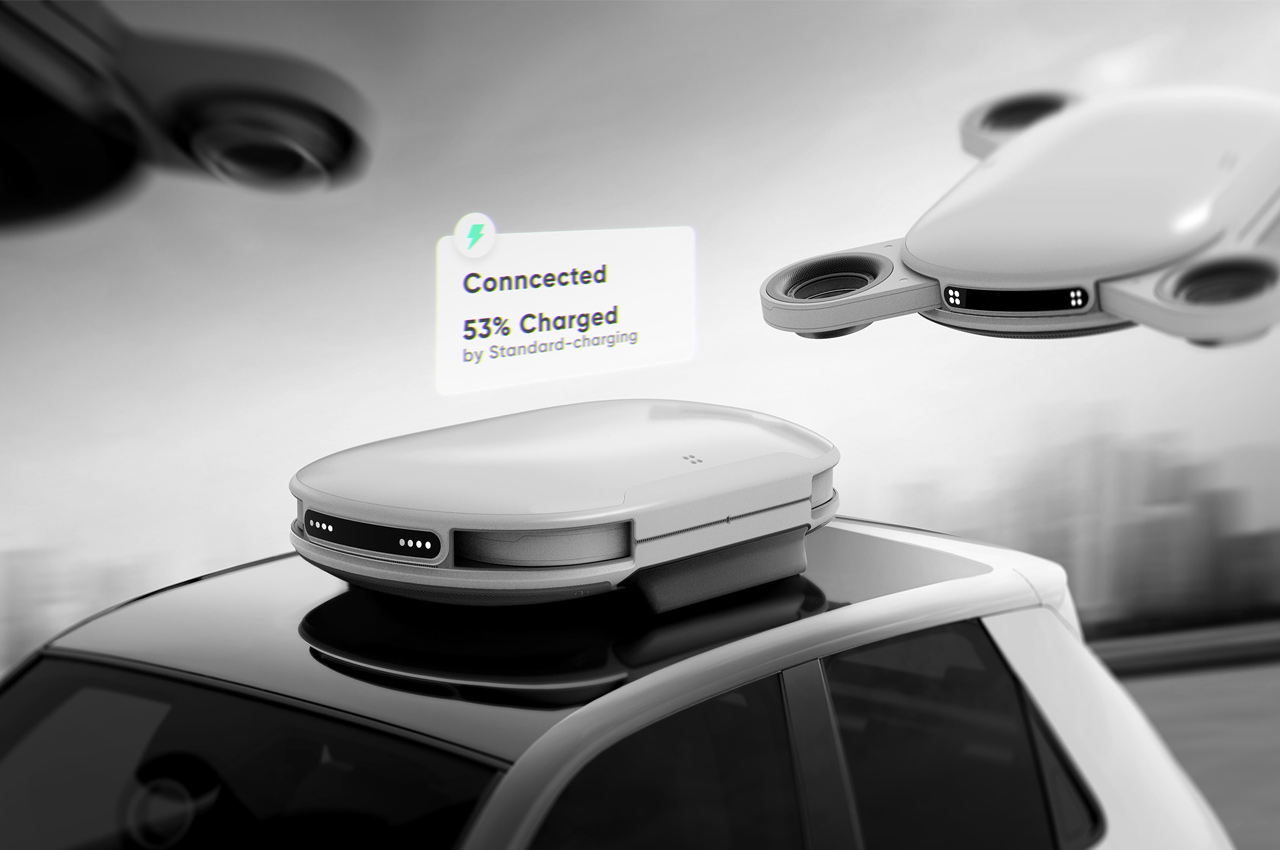
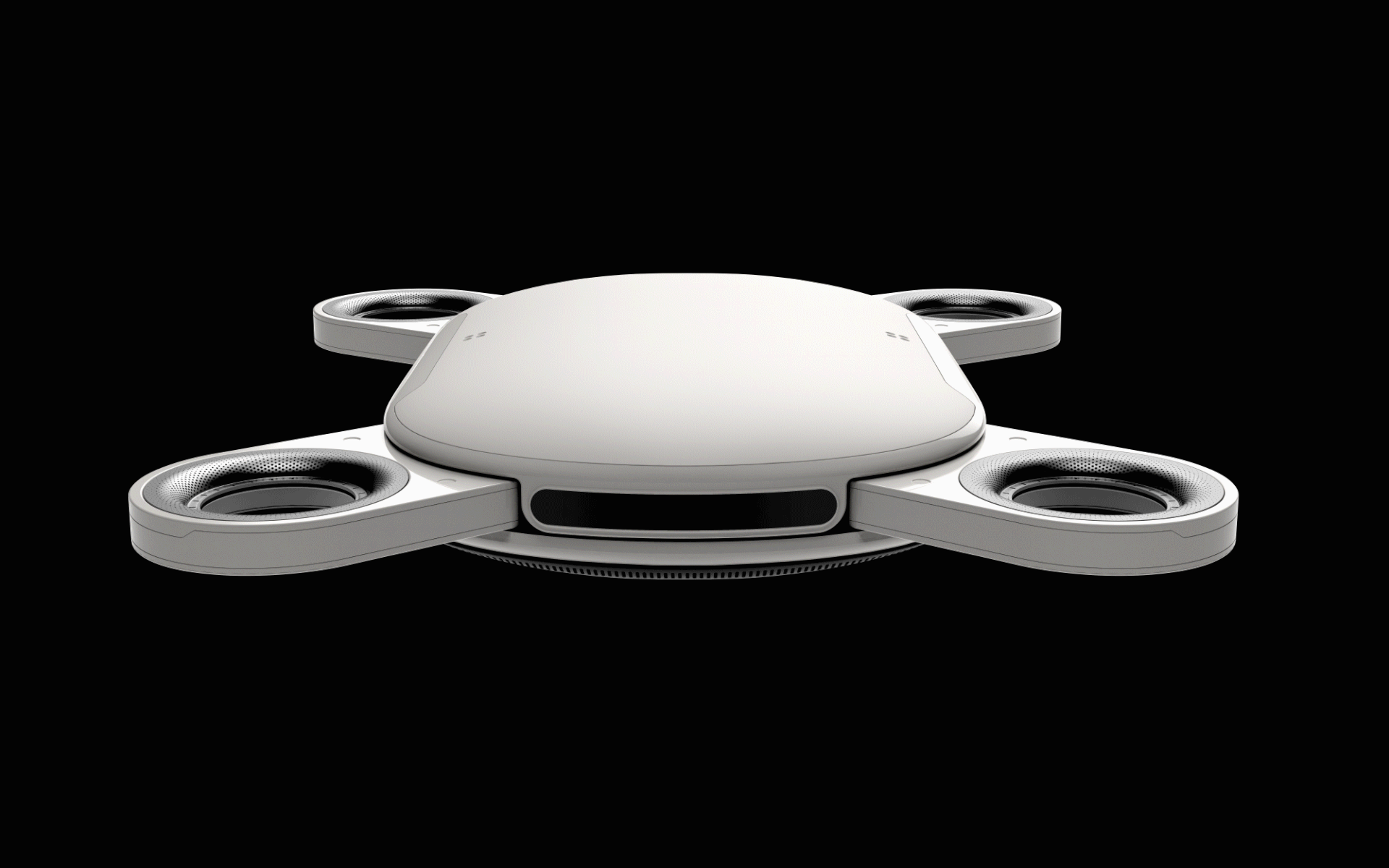
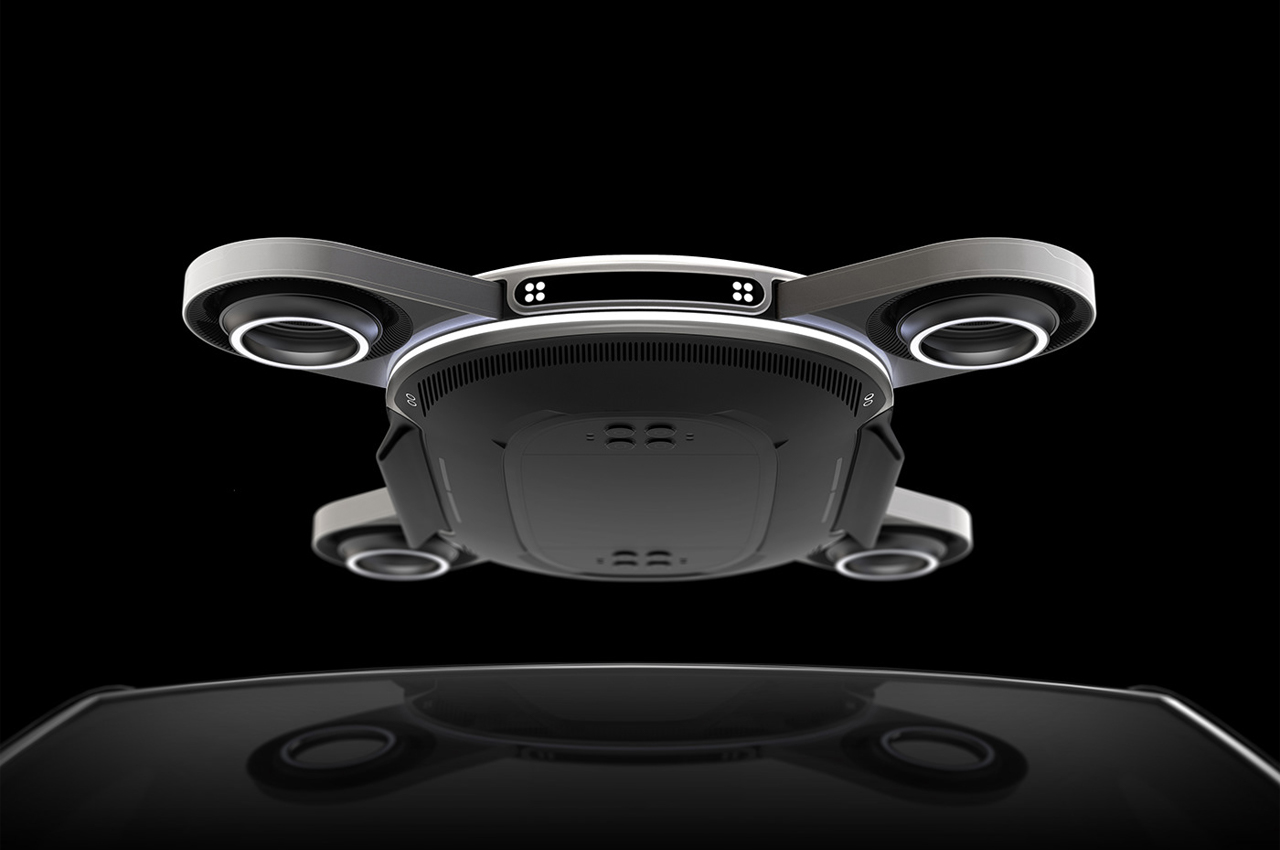 Electromagnetic and ultrasonic sensors help Nebo locate and latch onto EVs.
Electromagnetic and ultrasonic sensors help Nebo locate and latch onto EVs.